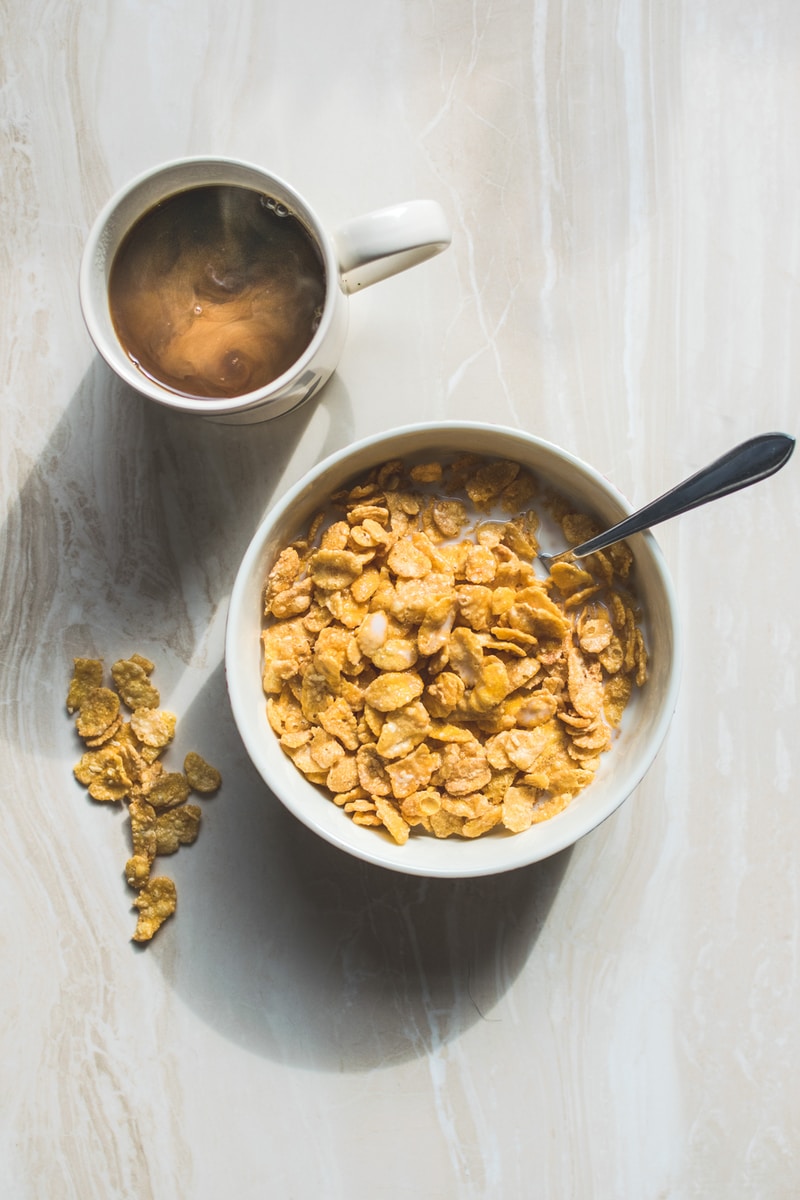
Corn Flakes Equipment
Find innovative production technology for making corn flakes and connect directly with world-leading specialists
First developed by Will Kellogg in 1894, corn flakes’ popularity grew exponentially. Made from toasting flakes of corn (maize) and served with cold milk, corn flakes have become a favorite breakfast cereal snack for millions around the world. Corn flakes production begins with milling raw corn, creating cornmeal which is then extruded to create corn flakes.
Tell us about your production challenge
Corn flakes manufacturing process: extrusion takes over from the traditional method
Although there are many different varieties of corn, dent corn, also known as field corn, is the most widely used corn when making cornflakes. The traditional method involves mixing the coarse flaking-grade corn grits with the other ingredients, cooking and drying them to about 21% of moisture, tempering, and then rolling them into flakes before toasting (final moisture range 1-3%).
Nowadays, corn flakes are made by extrusion cooking, however. The extrusion process begins by cleaning and milling dent corn into cornmeal often using a twin screw extruder. The cornmeal is then transferred onto a feeding conveyor that loads it into a sifter and then into an extruder. Then, extrusion takes place: a process that combines mixing, cooking, kneading and forming.
The ingredients are fed into the extruder barrel and subjected to heating, compression and mixing. The raw material comes out of the extruder in form of strands that are then cut to form the pellets. After drying, pellets are flaked using a flaking roller and toasted
Production process of corn flakes: flaking
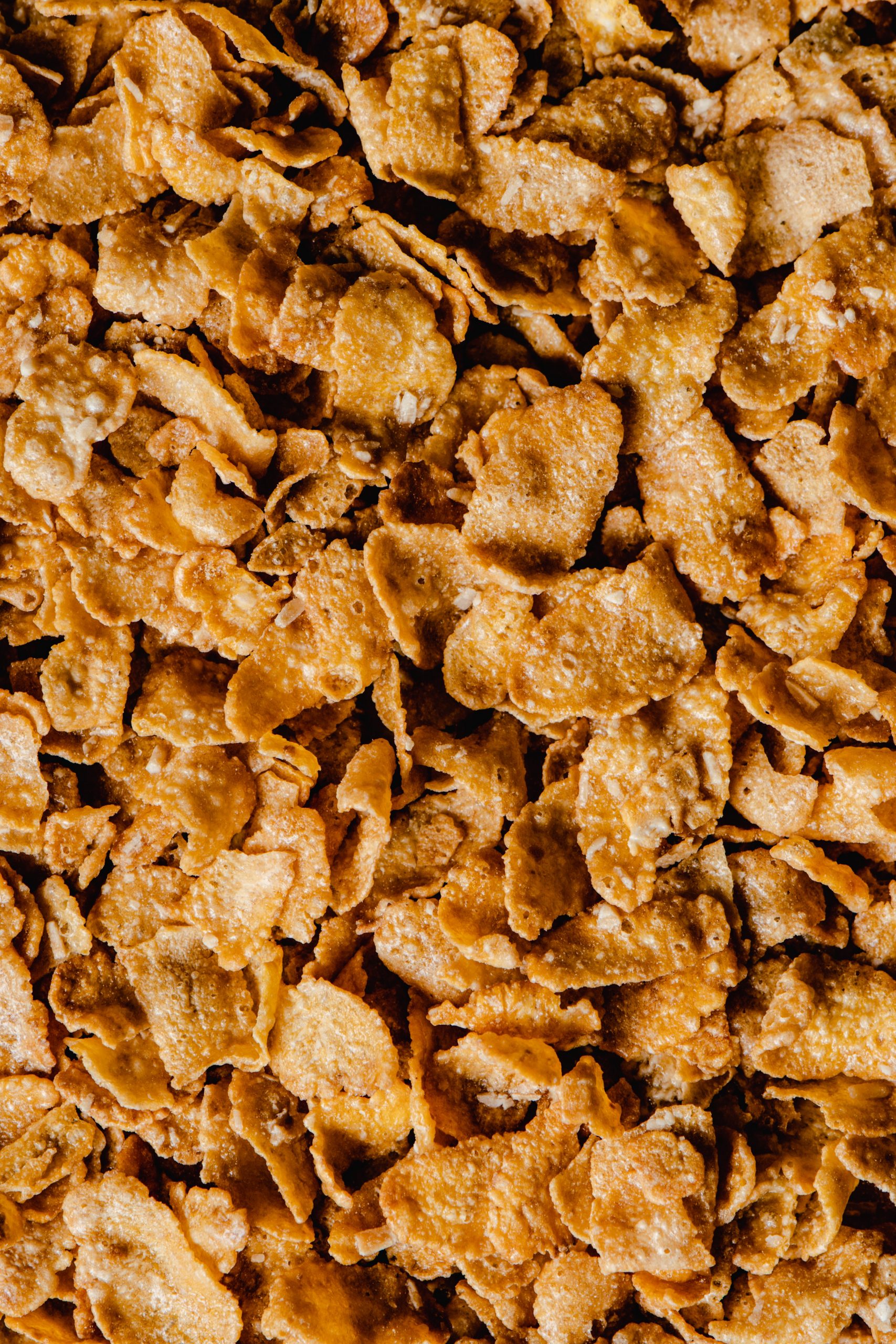
After extrusion, the semi-finished cooked mass is formed into pellets. They have a water content of approximately 22-24% that interacts with starch, making them sticky and viscous which is why they are transferred onto a vibrating feeder that prevents sticking.
The vibrating conveyor belt then brings the pellets into a flattening machine were they are flaked with steel rollers. The rollers’ surface is heated to 43-48 ̊C to avoid sticking or overheating of the mass. The delicate balance between heat and moisture is paramount for flaking- too much heat and the mass becomes too sticky and clings to the rollers and if the moisture is lower than 10%, the mass must be steamed so that flaking can be successful.
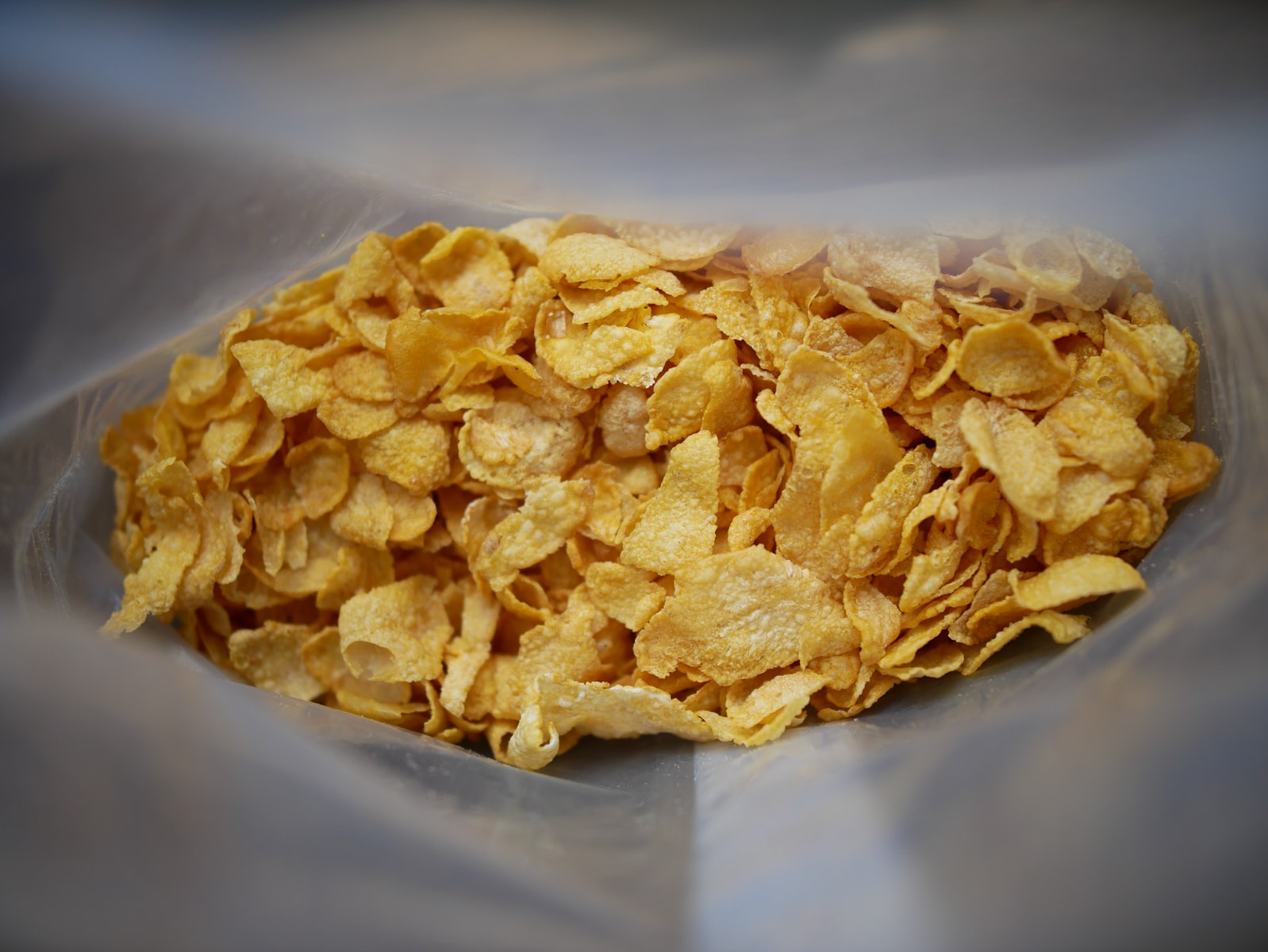
When the flakes are formed, they are put into an industrial dryer. High-temperature drying ensures that the water that still remains in the flakes evaporates before they are transferred to a baking sheet and put into an oven at 215 ̊C to receive their golden color. Once this process is finished, the cornflakes are transported to the cooling drum.
Loss of phenolic acids when making corn flakes – How to avoid it?
Grains such as corn, whole wheat and oats contain phenolic acids. Phenolic acids are anti-inflammatory and work as antioxidants, preventing cellular damage. Phenolic acids in grains such as corn are concentrated mostly in the bran; sadly the bran is either partially or wholly removed during corn processing, which significantly decreases the amount of phenolic acids in corn flakes. The largest loss of phenolic content happens during three stages dry milling- whole kernel, flaking grit and toasted cornflake.
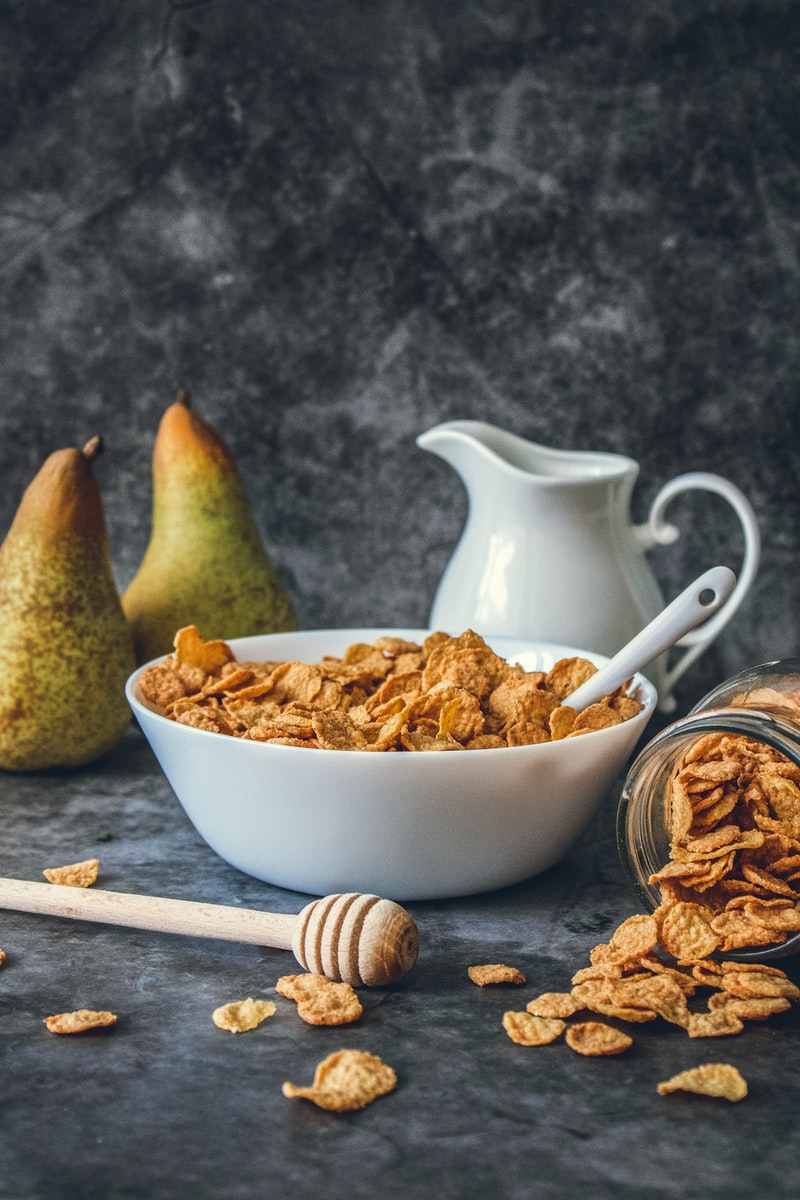
In order to find out how to retain phenolic acids in corn flakes, researchers from the University of Illinois conducted a series of studies focusing on phenolic acids in processed corn. They are currently trying to increase the amount of phenolics in processed corn-based products with an experiment that reintroduces heated starch to processed corn-based products. This experiment is testing whether heating of the starch can release bound forms of compounds that would increase the quantity of antioxidants in corn-based foods. These developments are crucial for food science, food processing and represent future improvements.
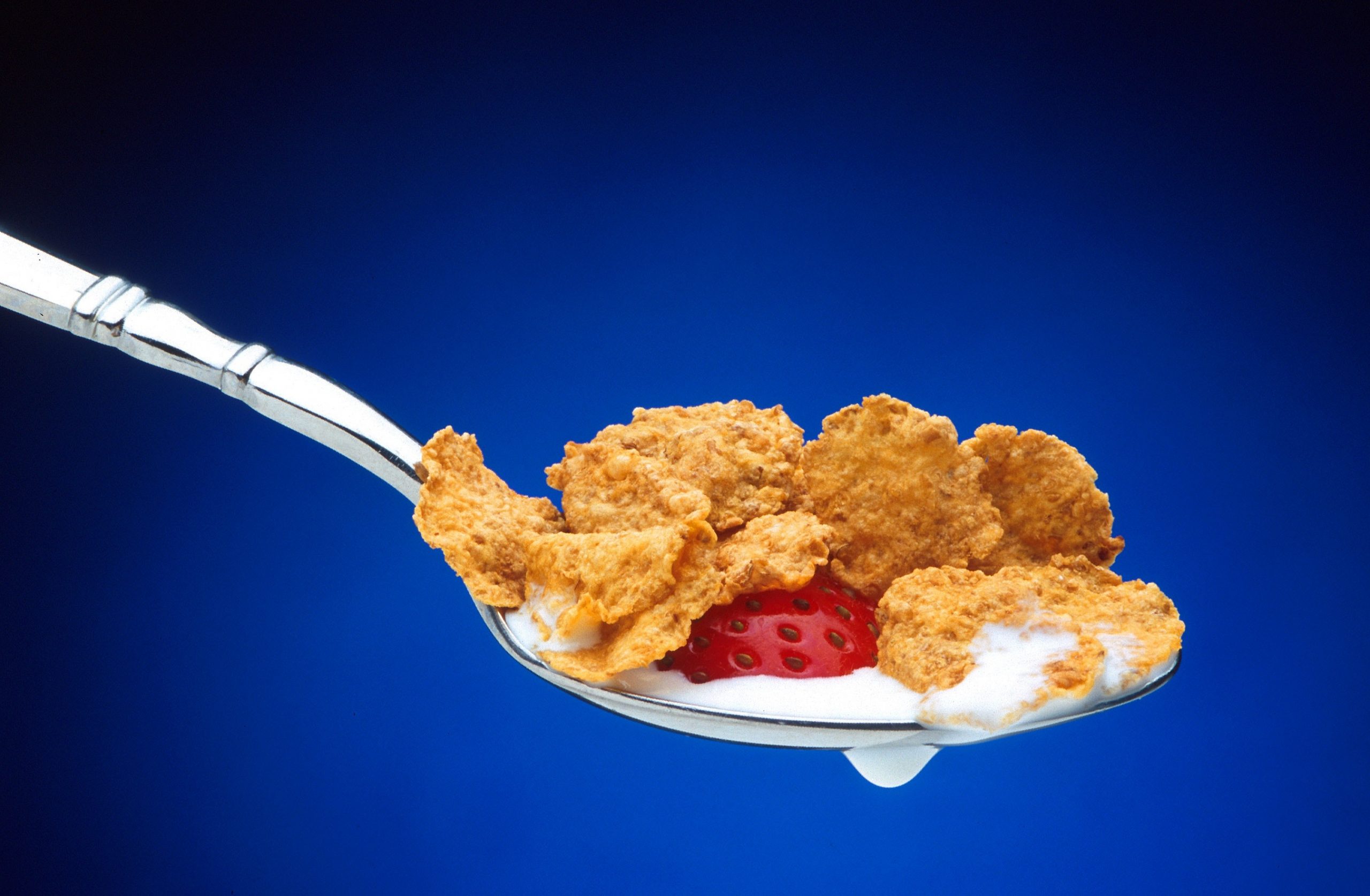
Using food waste for improving nutritional properties of corn flakes
Processing corn flakes includes many steps and among them is the repurposing of food waste to fortify the end product.
A group of researchers from the University of Novi Sad and the University of Belgrade have successfully increased the amino acid content in corn flakes by adding dry residue of wild oregano and sunflower. They increased the total phenolic content (TPC) to 2.84mg/g by adding 9g/100 g of sunflower and 1g/100 g of wild oregano residue to cornmeal before extrusion.
Reusing by-products for the fortification of corn flakes increases the sustainability of the product by minimizing food waste in general and is proven to have great health benefits. If you’re looking for your next corn flakes machine or production line, contact us now and we will connect you directly with leading machine manufacturers worldwide
Processing steps involved in corn flakes making
Which corn flakes technology do you need?
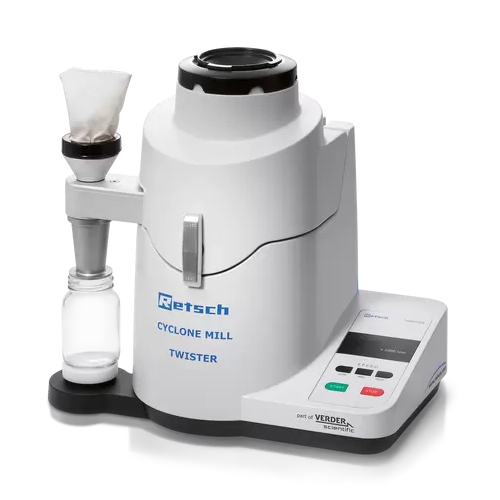
Cyclone mill for Nir analysis sample preparation
Ensure accurate NIR analysis by optimally preparing samples with efficien...
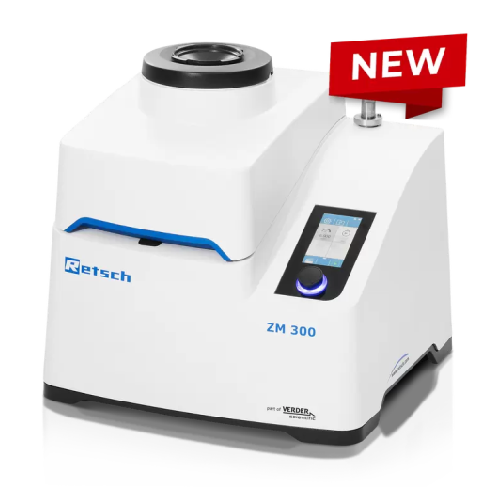
Ultra centrifugal mill for size reduction of soft and medium-hard materials
Achieve precise particle size reduction an...
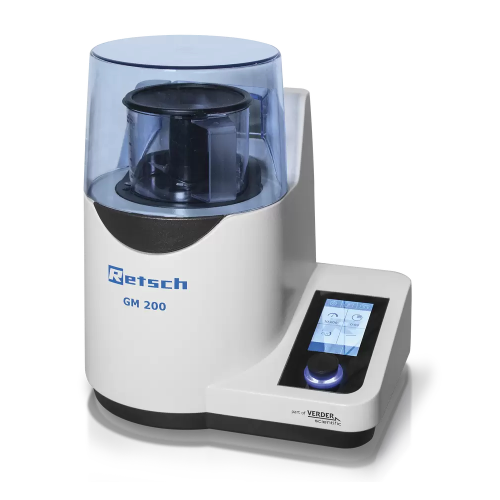
Knife mill for food and feed sample grinding and homogenization
Achieve consistent texture and precise size reduction of...

Industrial continuous heat treatment for dry ingredients
Optimize your production line with a continuous system that ensu...
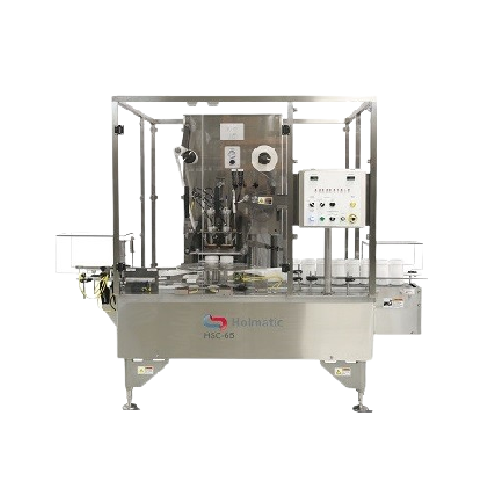
Rotary indexing sealer for cup filling
Streamline your production line with precise cup filling and sealing, ideal for a wi...
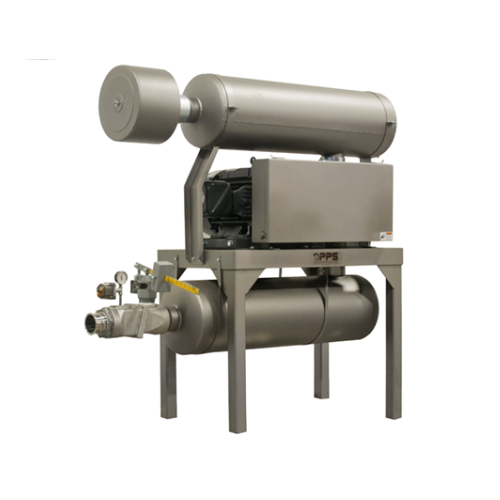
Food processing blower systems
Optimize your production line with precise air handling and moisture control to ensure qualit...
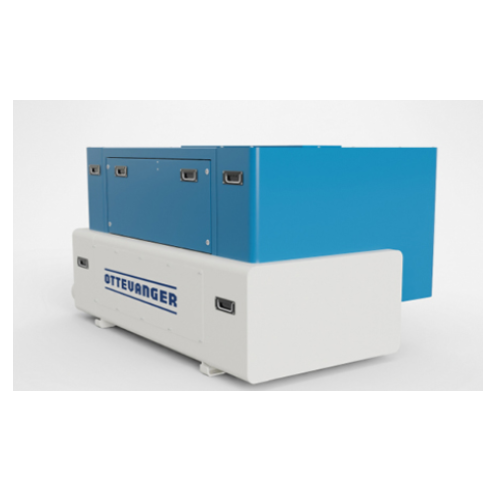
Grain flow regulator for roller mills
Achieve consistent grain distribution and safeguard your roller mills from wear and c...
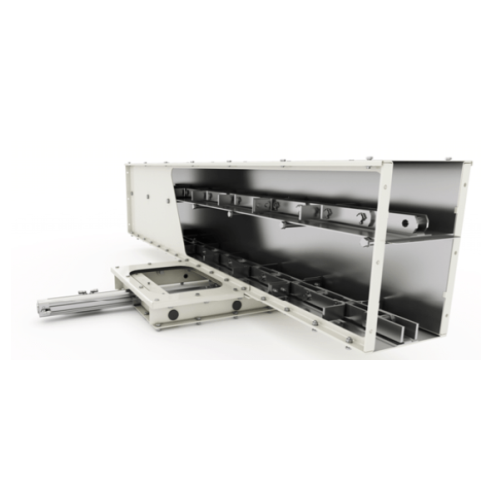
Chain conveyors for long-distance bulk material transport
Efficiently transport challenging bulk materials across long d...
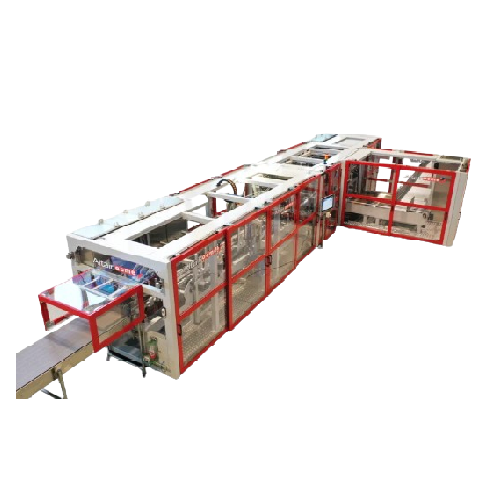
High-speed wrap-around case packer for beverage industry
Optimize your packaging line with a high-speed case packer that ...
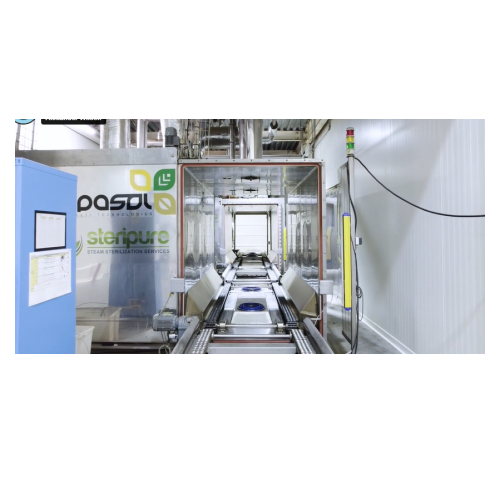
Roasting and pasteurization system for nuts and seeds
Ensure optimal pasteurization and roasting of nuts, seeds, and drie...
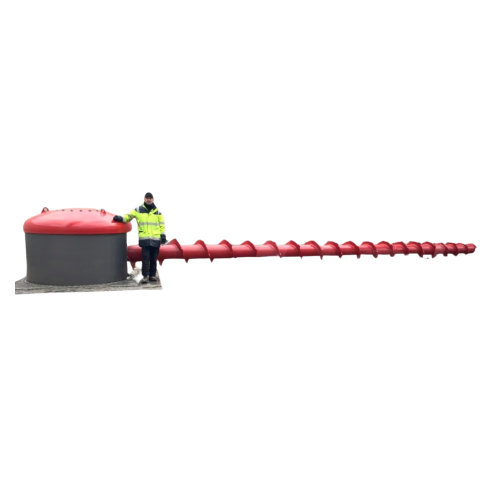
Unloader for non-free-flowing materials in flat bottom silos
Facing challenges unloading non-free-flowing materials? Thi...
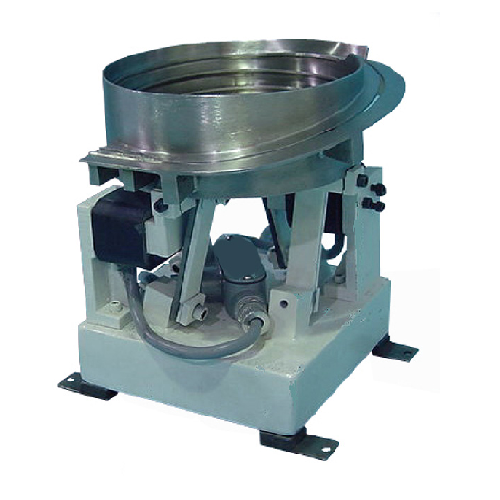
Vibratory bowl feeder for bulk items
When precision and speed are crucial, ensure your production line efficiently handles ...
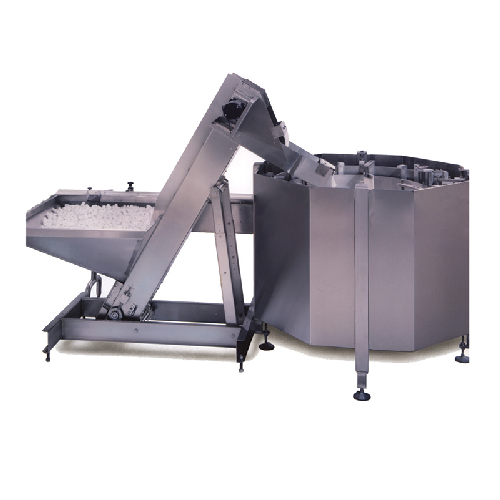
Centrifugal bowl feeder for high-speed bulk item feeding
Optimize your production line with high-speed feeding of diverse...
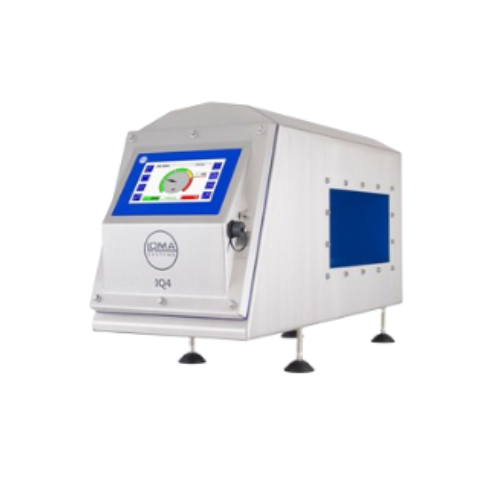
Industrial metal detector for food production lines
Ensure product safety and compliance by seamlessly detecting metal co...
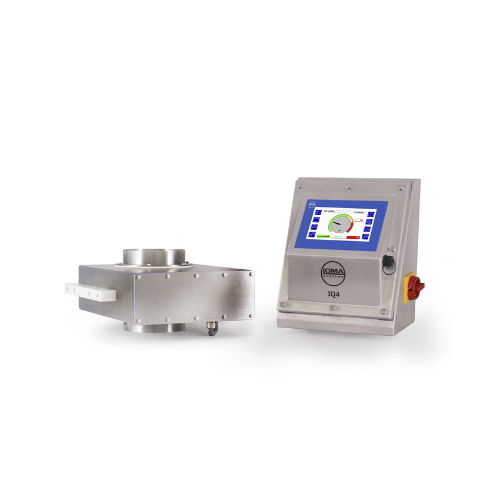
Gravity fed metal detector for dried foods
Ensure product purity and safety with metal detection between gravity feed hopp...
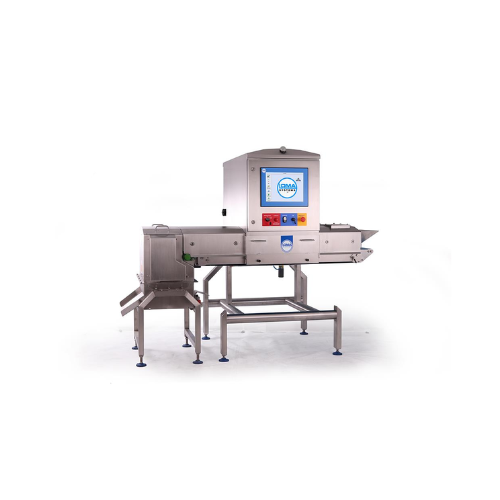
X-ray food inspection system for loose products
Ensure contaminant-free loose products by integrating a versatile inspecti...

Metal detector conveyor system for food safety
Ensure product integrity across high-speed production lines with robust met...

Laboratory mixer granulator
Achieve high-quality mixtures in R&D and small-batch production with versatile laboratory m...
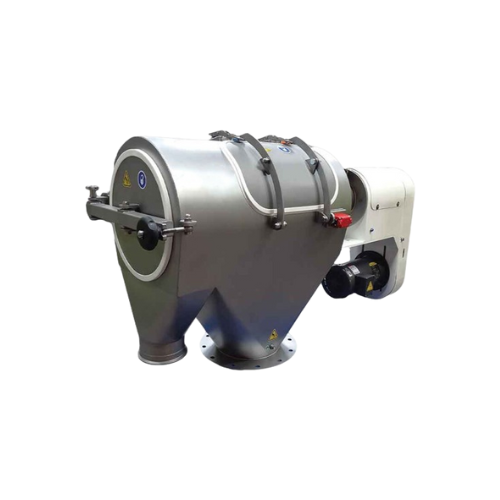
High-speed centrifugal sifter for food and pharma applications
Optimize your powder processing with a high-speed centrif...
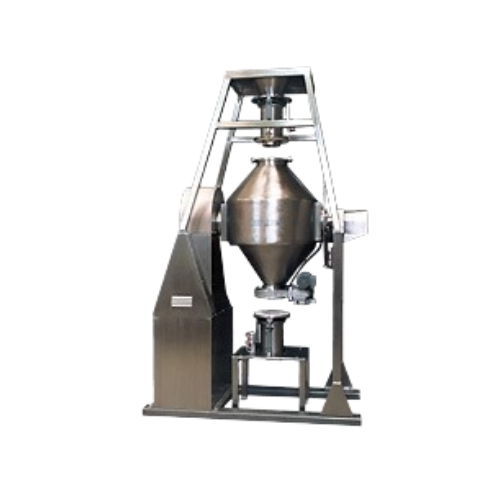
Double cone blender for fragile and abrasive material
Achieve homogeneous blends of fragile materials while minimizing da...

Filling and sealing solution for pre-formed cups
Optimize your liquid and solid product filling with a continuous-motion s...
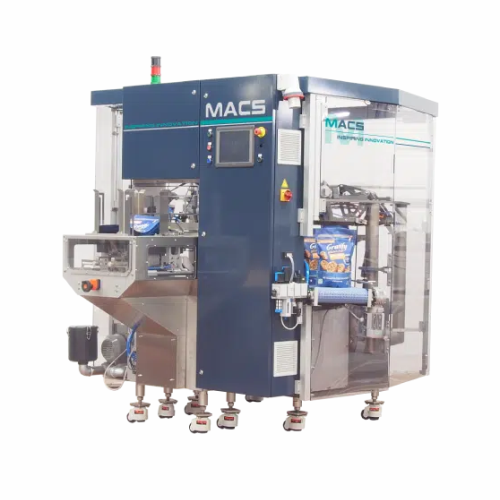
Rotary doypack packaging system for various materials
Enhance your packaging line with versatile doypack machines designe...
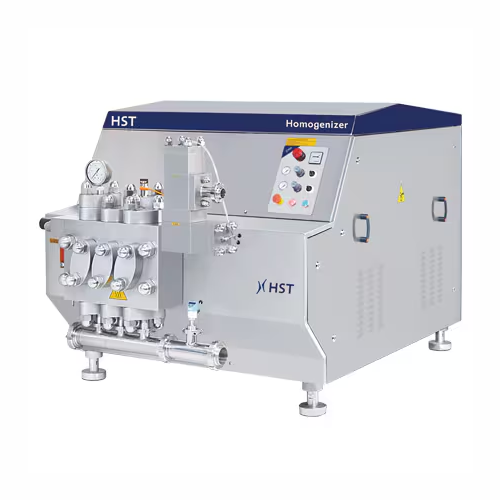
High-pressure homogenizers for dairy and beverage industries
Achieve precise emulsion stability and consistent particle ...
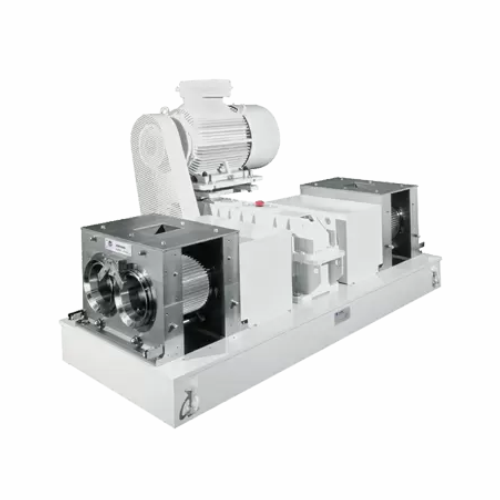
Compactors and granulators for powdery products
Transform loose powders into dense, free-flowing granules that enhance han...
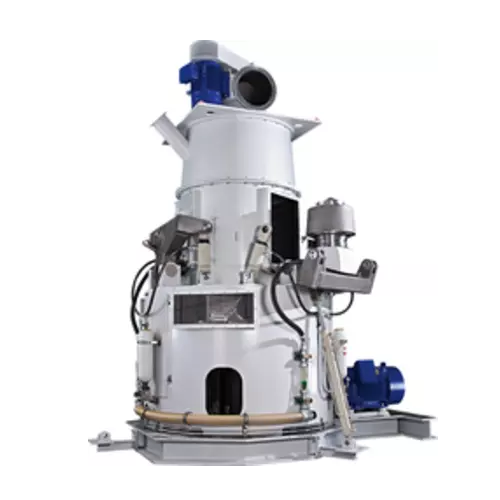
Table roller mills for mineral raw material comminution
Achieve precise mineral raw material comminution and energy-effic...
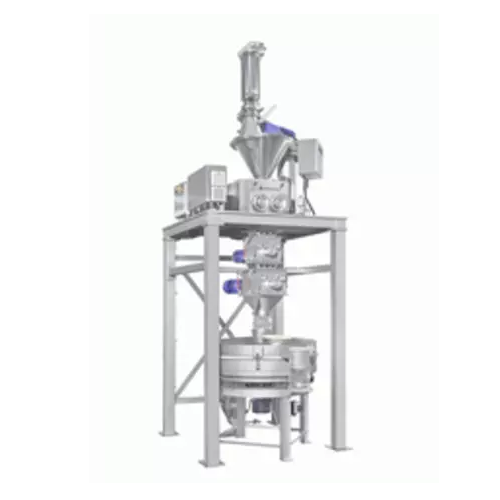
Roller press for fine-grained material compaction
Achieve optimal density and stability in your solid press agglomerates ...
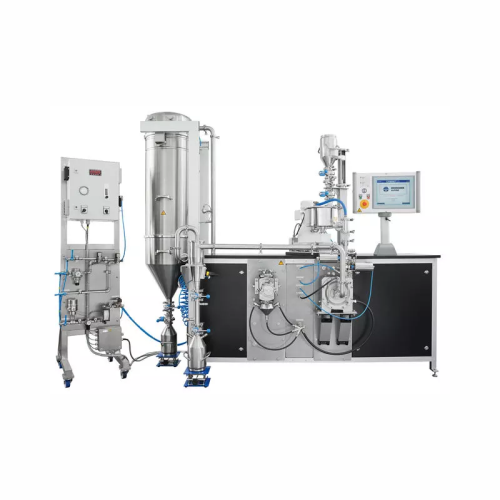
Multiprocessing system for flexible research and production
Optimize your process development with a versatile system th...
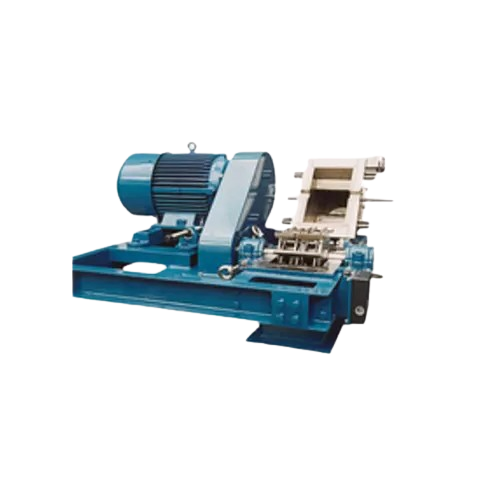
High-speed hammer mill for continuous operation
Achieve precise particle size reduction with high-speed hammer milling, id...

Flake crushers for gentle crushing of brittle materials
For processes needing precise granule control, our equipment ensu...

Flake crusher for hygroscopic substances and lumped salts
Efficiently turn fragile, aggregated materials into manageable...
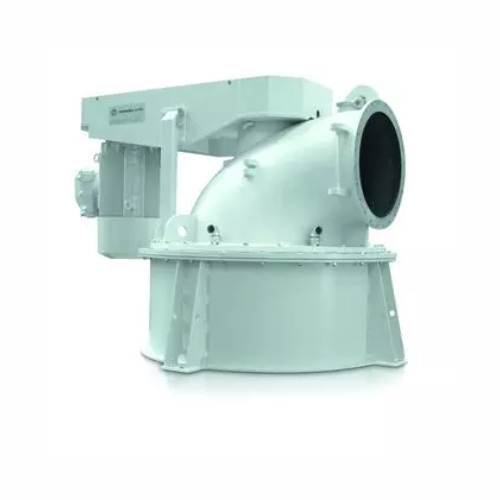
Air classifier for fine powder processing
Enhance your production line with precise particle size control and energy-effic...
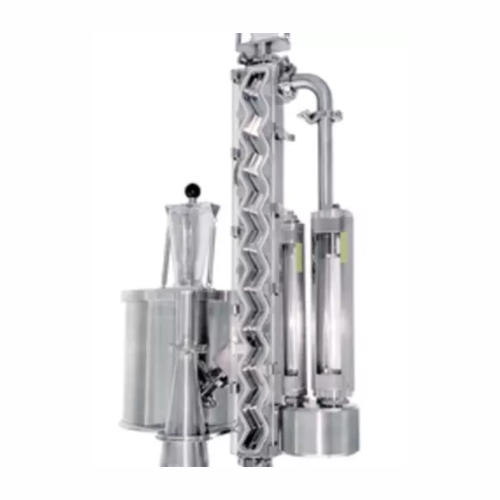
Gravity classifier for precise particle separation
Achieve sharp separations in particle processing with minimal maintena...
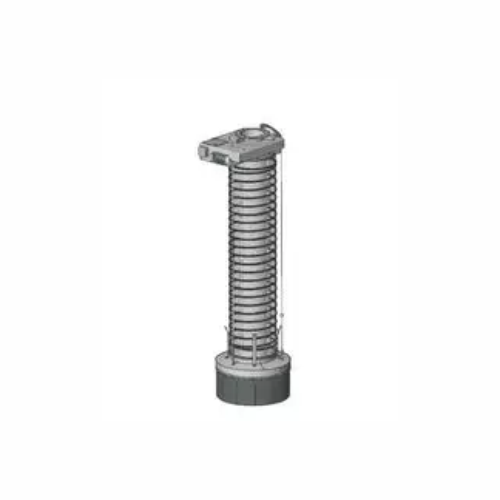
Automatic bulk material filling system
Ensure precise, contamination-free filling of various bulk materials with an advance...
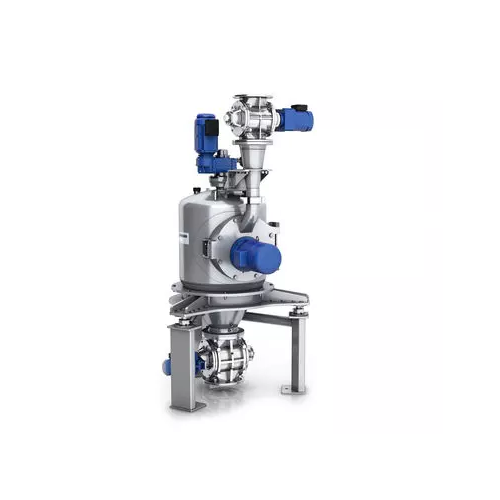
Fine impact mills for particle size reduction
Achieve precise particle size reduction with fine impact mills, essential fo...

Powder flowability and compressibility analysis
Ensure accurate powder flowability and compressibility data with this adva...
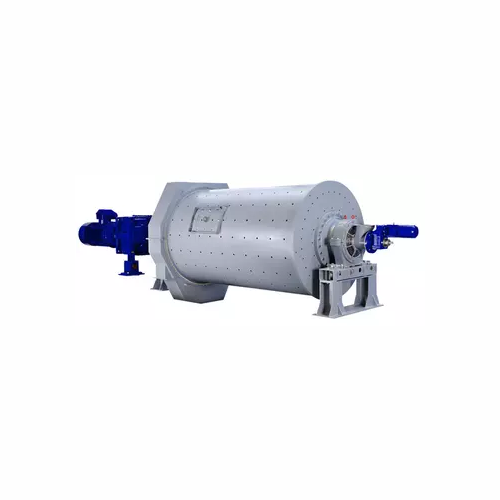
Ball mill for dry comminution of hard materials
Achieve ultrafine particle sizes and precise material breakdown with this ...
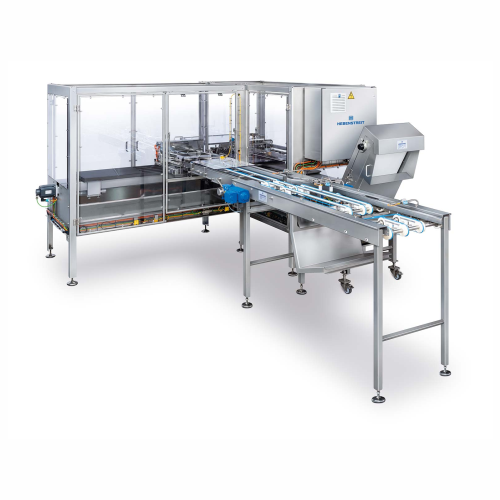
Wafer cutting system for cream-filled wafers
Achieve precise cuts on filled and coated wafer products with high-speed effi...
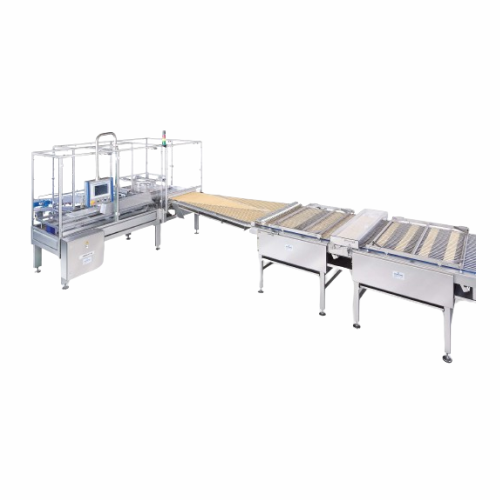
Wafer distribution device for chocolate coating plants
Enhance your chocolate coating operations with precision wafer dis...
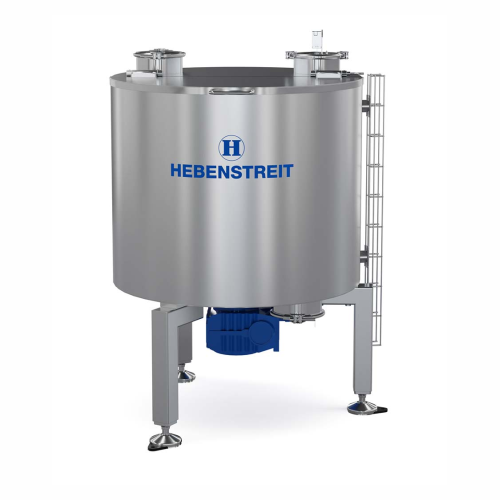
Intermediate container for raw material preparation
Streamline your snack and cereal production with this solution that e...
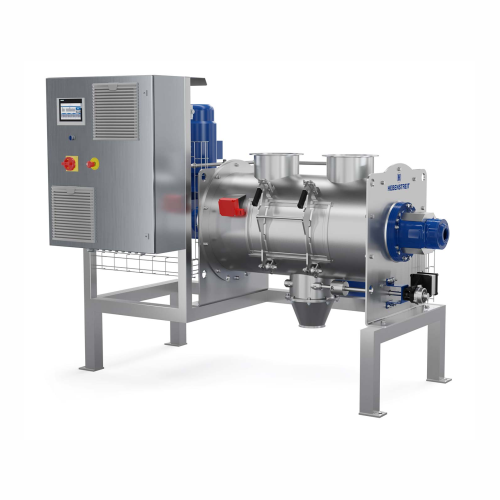
Industrial raw material mixer for complex recipes
Struggling with complex raw material mixtures? This advanced mixing sol...

Industrial metal detector for gravity feed applications
Ensure the purity of your products by detecting and removing both...
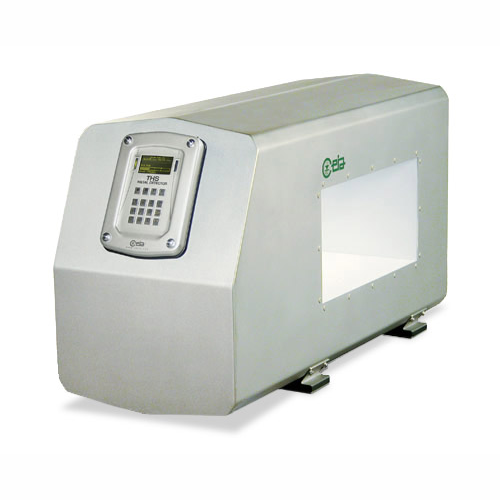
Ferrous-in-foil metal detection system
Enhance quality control for foil-packaged goods with precise ferrous metal detection...

Conveyor systems for snack production
Streamline your snack production with advanced conveyor systems designed for seamless...

Checkweigher for packaged goods inspection
Ensure precision and compliance with this high-speed checkweigher, perfect for ...
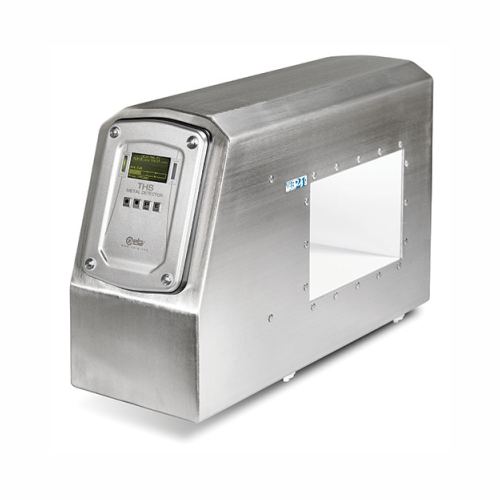
Advanced metal detection for food processing
Maximize your production line’s safety and efficiency with a cutting-ed...
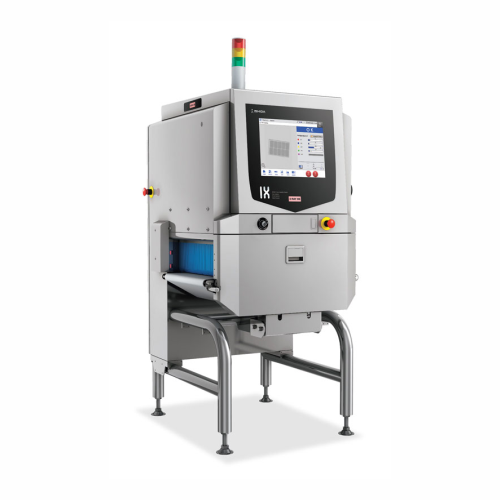
X-ray inspection system for identifying foreign bodies in food products
Ensure precise detection of foreign materials i...
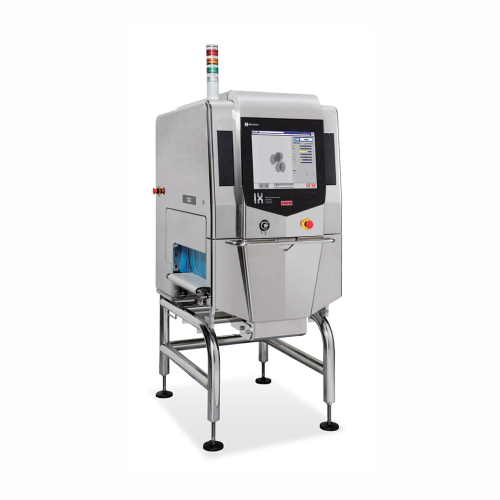
X-ray inspection system for detecting foreign objects in food products
Ensure product safety and quality by detecting e...
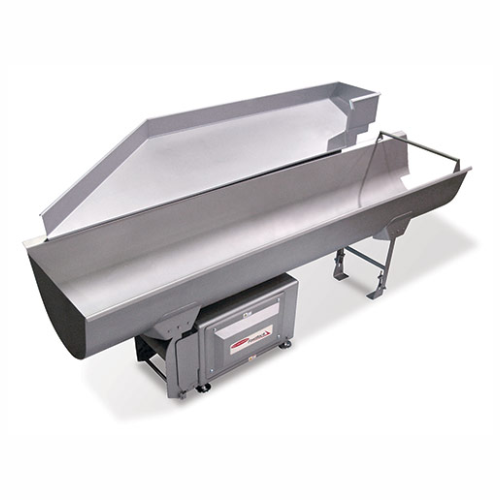
Accumulation conveyor for snacking industry
Optimize your production line with a space-saving accumulation conveyor that r...
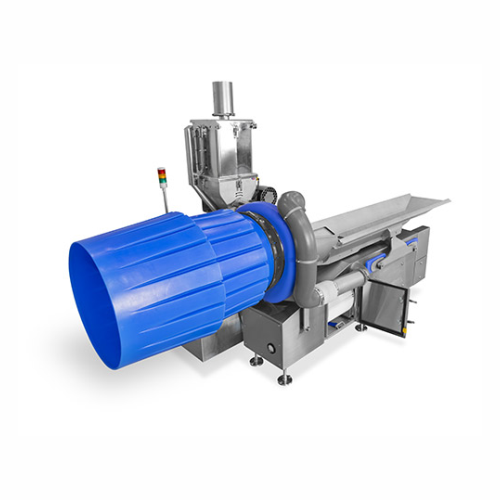
On-machine seasoning system for potato chips
Achieve uniform seasoning coverage for various snack foods with minimal wasta...
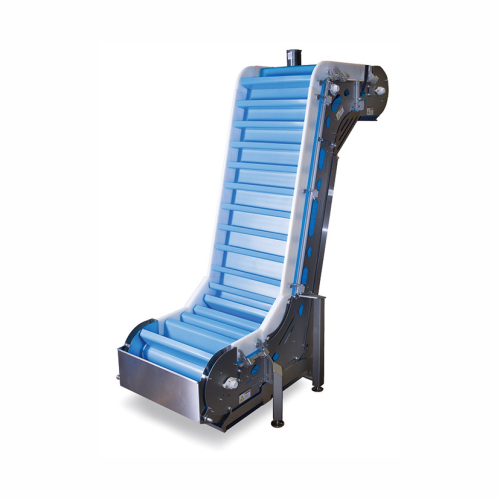
Incline transfer conveyors for dry, fresh, and frozen food products
Efficiently transfer a variety of solid and granule...
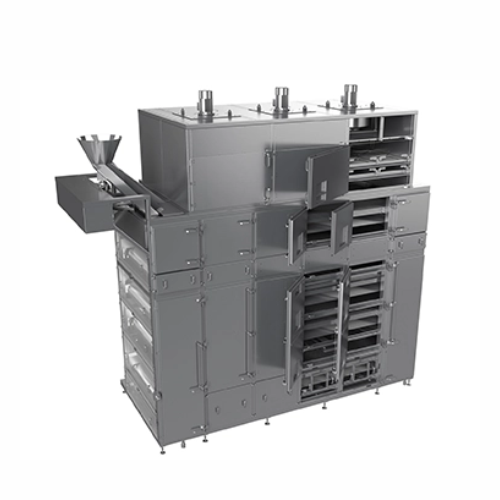
Continuous belt dryer for industrial production
For operations requiring precise moisture control, this continuous belt dr...
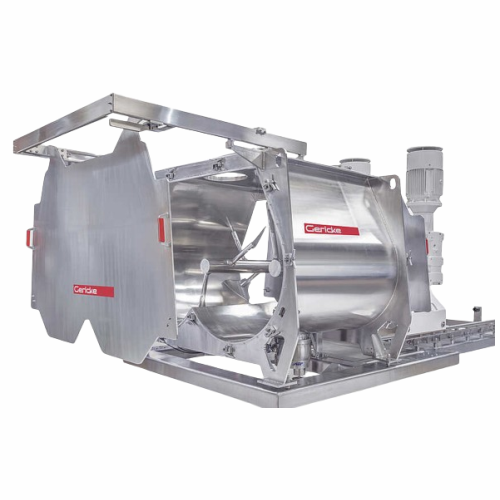
Double shaft powder batch mixer
Achieve high homogeneity and gentle handling with a double shaft mixer designed for efficien...
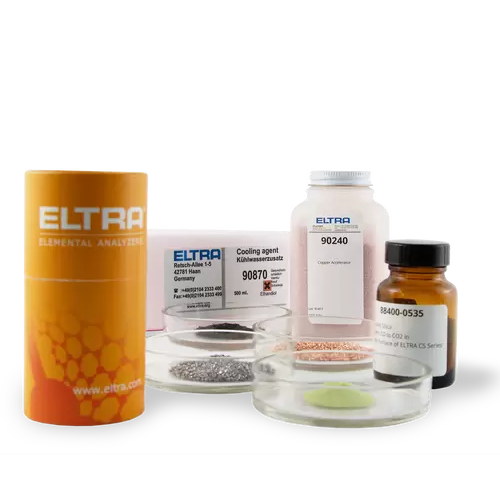
Consumables for elemental analyzers
Optimize your laboratory’s elemental analysis with high-quality consumables desig...
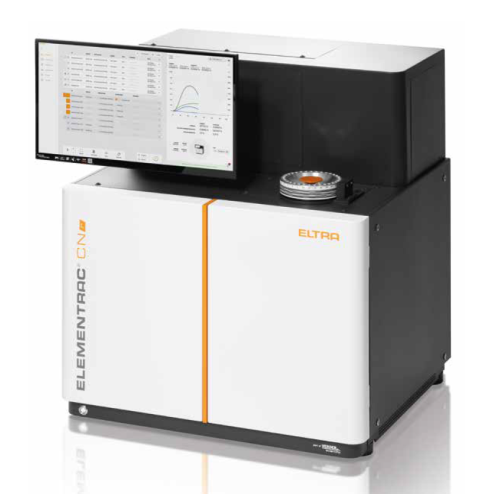
Carbon/nitrogen analyzer for organic samples
Optimize your lab’s efficiency with fast, reliable nitrogen and carbon ...
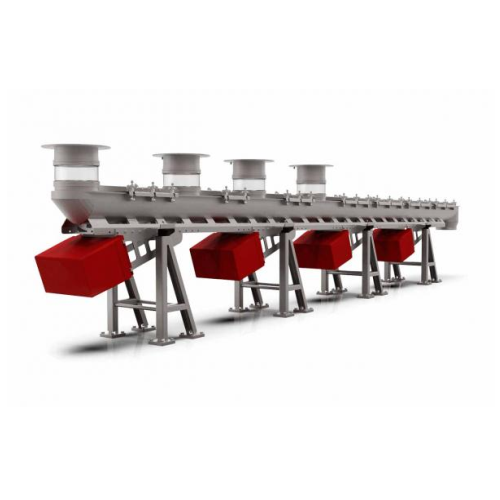
Vibration transport system for hygienic conveying of bulk goods
Optimize your production line with efficient and hygieni...
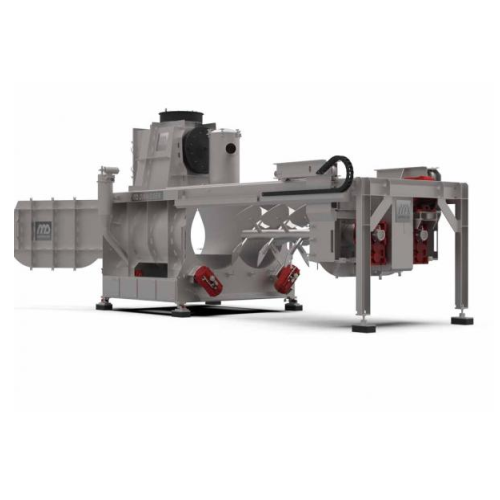
Industrial mixer for batch granules or grains
Achieve precise mixing with seamless integration of heating, sterilization, ...
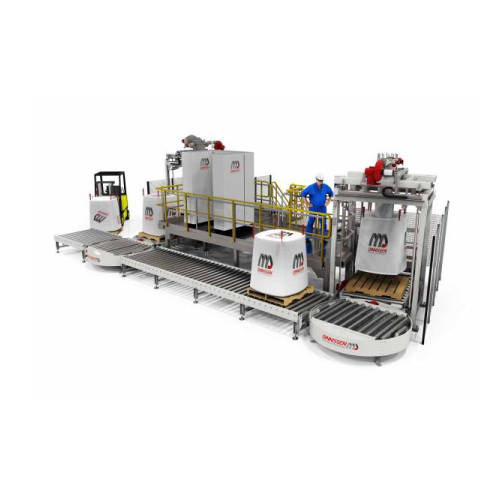
Product handling system for big bags and containers
Optimize your production line with a comprehensive system for transpo...

Micro dosing system for precise powder weighing
Achieve unparalleled dosing accuracy in your production line with a system...
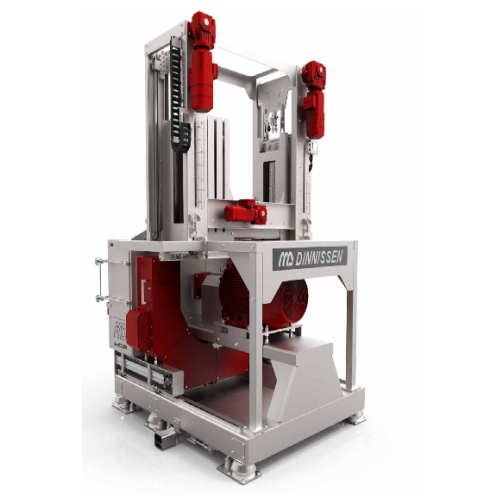
Hammer mill with automatic screen exchange
Optimize your milling operations with a high-speed solution that ensures seamle...

Mechanical horizontal conveyor for powders and granulates
Efficiently handle and transport your delicate powders and gra...
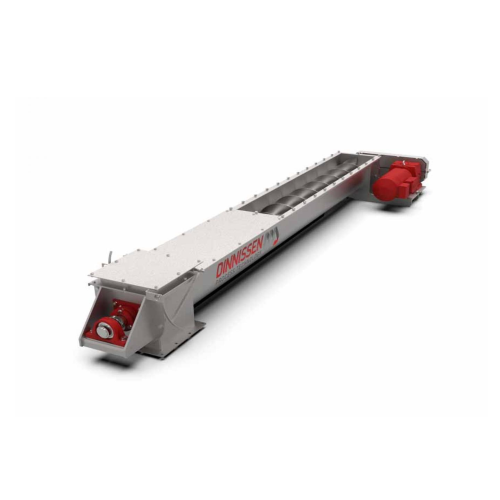
Vertical transport for bulk goods
Efficiently move bulk goods vertically with minimal energy usage, ensuring seamless integ...

5-in-1 industrial mixer for food and chemical industries
Streamline your production with a multifunctional system that ef...
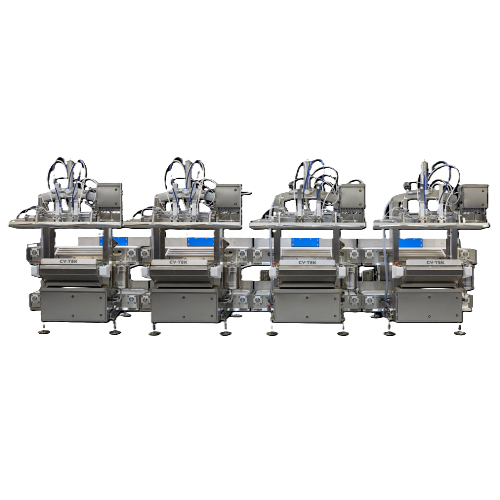
Multi-station modified atmosphere packaging system for bulk products
Optimize your packaging efficiency with a system d...
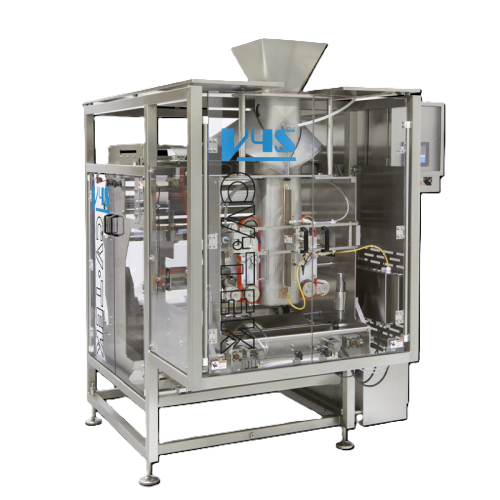
Vertical form fill seal packaging for high washdown environments
Ensure optimal packaging in demanding environments with...
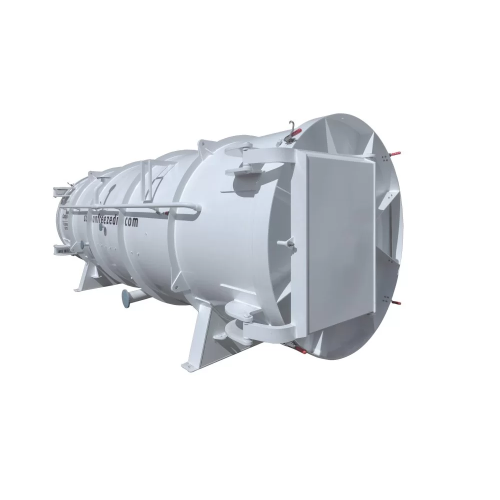
Large-scale industrial freeze dryer
Achieve precise moisture control and preserve product integrity with a large-scale free...

Steam chambers for grain expansion in steam-flaking
Ensure precise grain expansion with steam chambers, designed for unif...

Industrial grain flaking solution
Enhance grain processing efficiency with precision-engineered flaking solutions, designed...
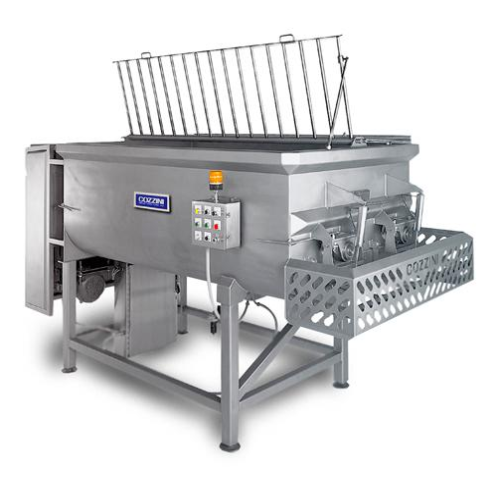
Industrial food mixer for high-volume processing
Achieve consistent mixing and precise blending of diverse food ingredient...
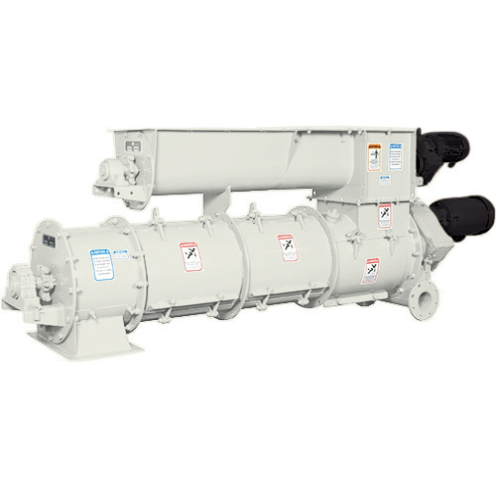
Industrial moisture and temperature control conditioner
Optimizing moisture absorption and temperature management, this c...

Horizontal screw loader for food processing
Optimize your production flow with a smooth-loading solution designed to effic...
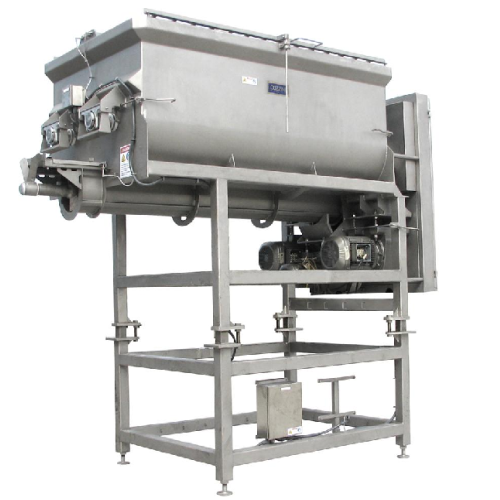
Overlapping paddle mixer for precise food processing
For precise and thorough mixing in food processing, this solution en...
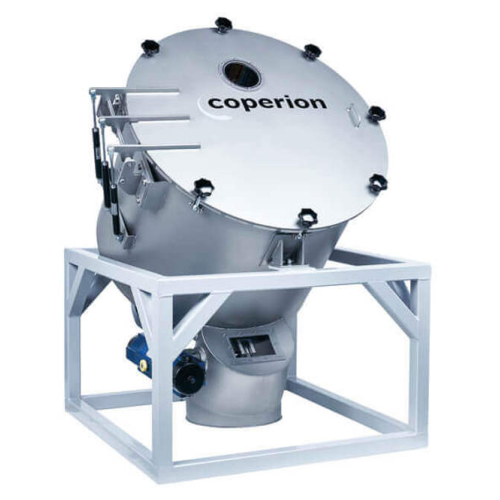
Bulk material mixer for high-speed homogenization
Achieve fast and gentle homogenization of bulk materials with a high-sp...
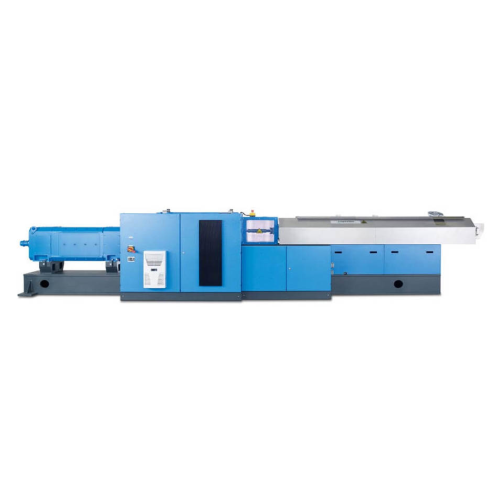
High throughput twin screw extruder for low bulk density products
When handling low bulk density materials, achieving m...
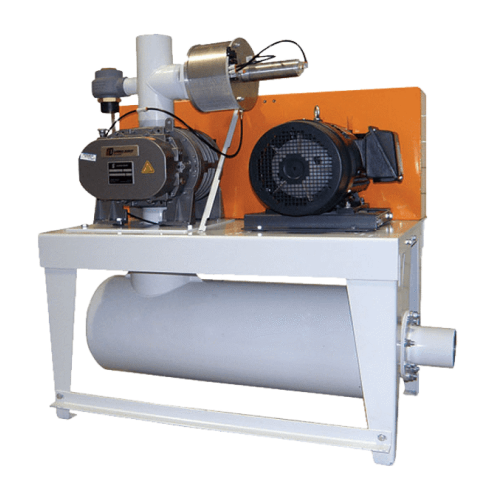
Vacuum sequencing blower for industrial conveying systems
For manufacturers handling bulk materials like powders and gra...
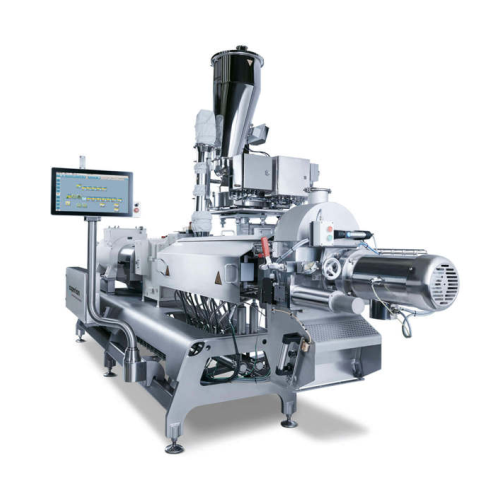
Food extruders for pet food production
Achieve precise control in food production with advanced twin screw extruders, desig...
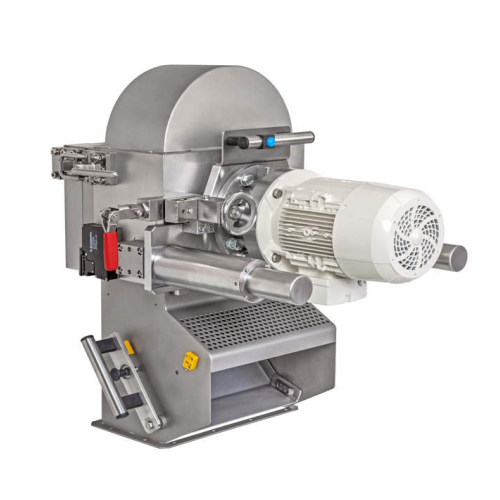
Centric pelletizer for direct extrusion
Effortlessly transform materials into uniform granules with our high-speed pelletiz...
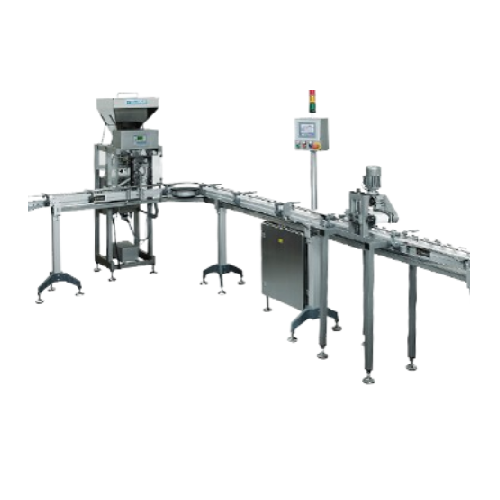
Precision weigh filler for food and pharma industries
Optimize precision in multi-component dosing with seamless integrat...
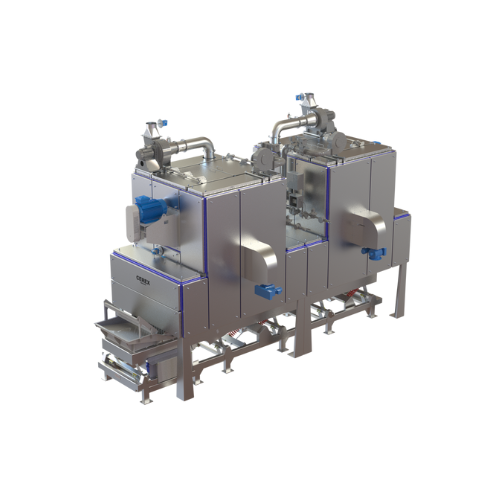
Industrial 2-zone toaster for optimal cereal processing
Achieve precise toasting of cereals and seeds with the 2-zone toa...
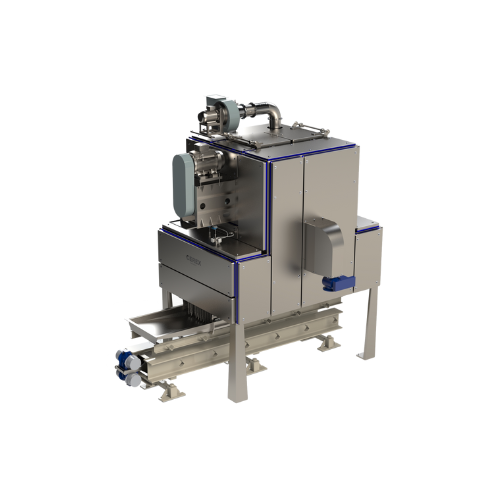
Single-zone toasters for raw grain processing
Optimize your cereal and snack food production by achieving consistent toast...
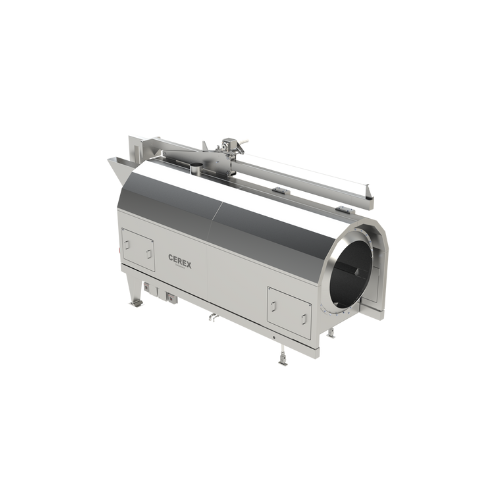
Industrial coating drum for breakfast cereals
Optimize your cereal production with a coating drum designed to enhance prod...
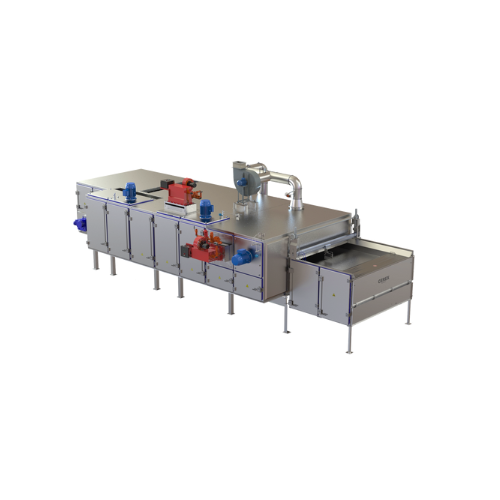
Coating dryers for breakfast cereal production
Achieve precise moisture control in coated cereal production with these mod...
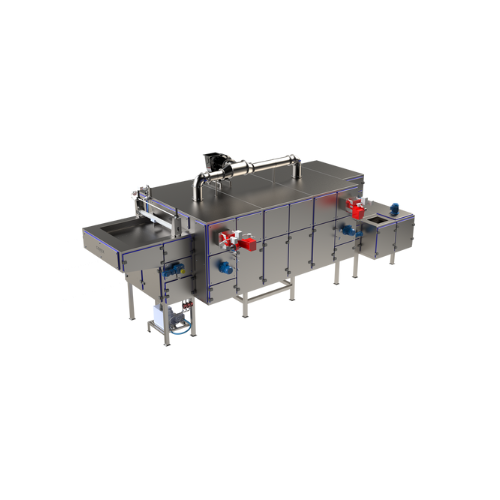
Multi-tier dryers for modern breakfast cereals
Optimize dry and cool cereal, nuts, and seed production with a compact modu...
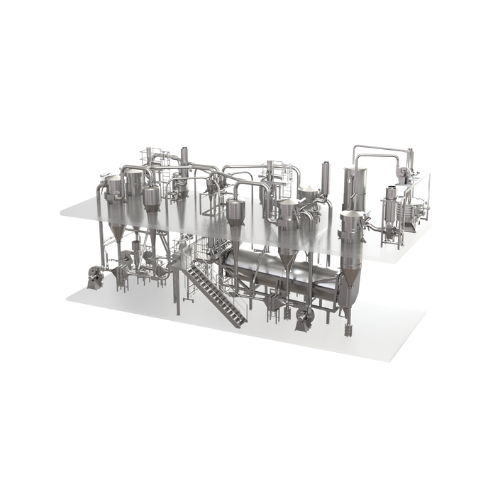
Grain puffing system for breakfast cereals
Achieve precise and efficient grain expansion in breakfast cereals with this ad...
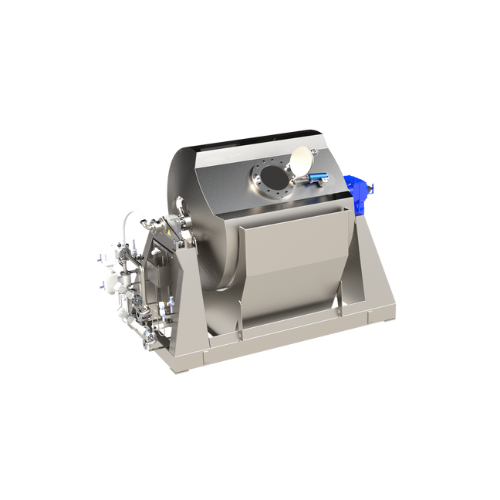
Rotary cooker for uniform steam heating in cereals production
Achieve consistent product quality in high-volume cereal p...
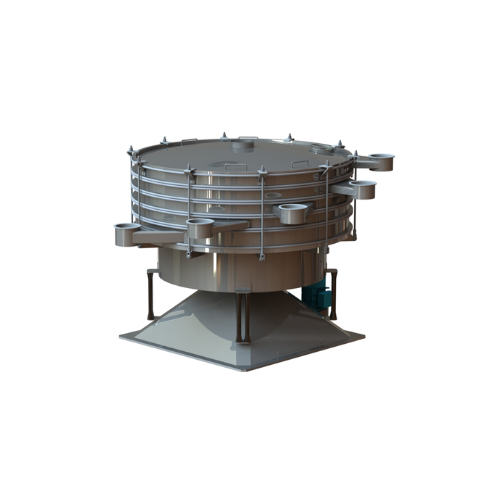
Industrial screeners for grain product processing
Optimize your cereal production line with specialized industrial screen...
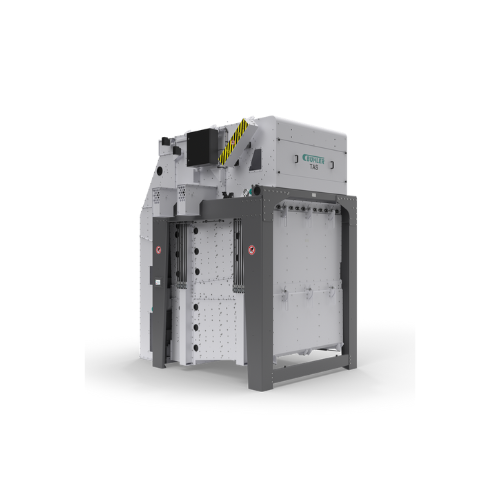
Grain cleaning system for high-quality processing
Optimize your grain processing with a versatile cleaning system designe...

Efficient grain destoning and concentrating system
Optimize your grain processing with a solution that ensures precise se...
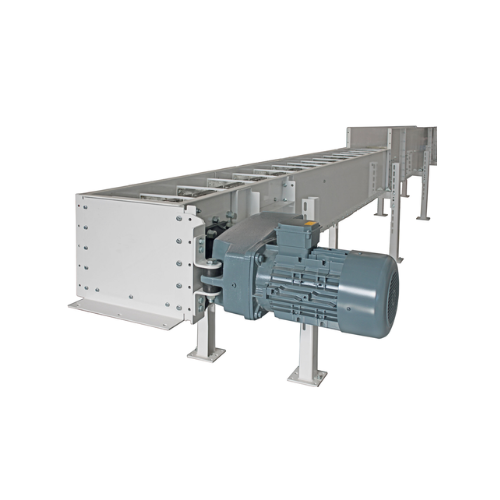
Chain conveyor for grain and floury products
Ensure seamless material handling with a versatile chain conveyor designed fo...
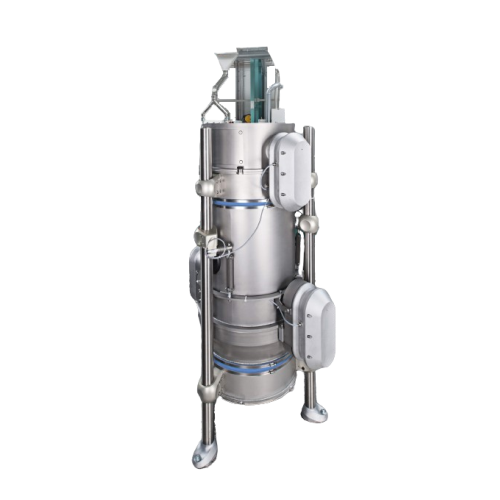
Advanced superheated steam drying solution
Harness the power of consistent drying technology to achieve optimal moisture c...
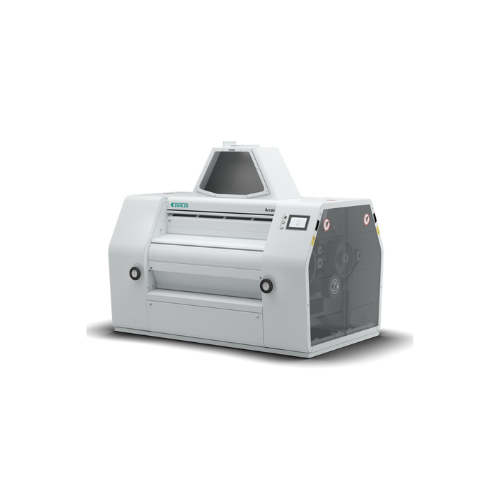
Four-roller and eight-roller mill for wheat and grain grinding
Optimize your grinding operations with this versatile rol...

Grain scourer for wheat, durum, and rye
Enhance grain processing by efficiently removing impurities like dust, sand, and so...
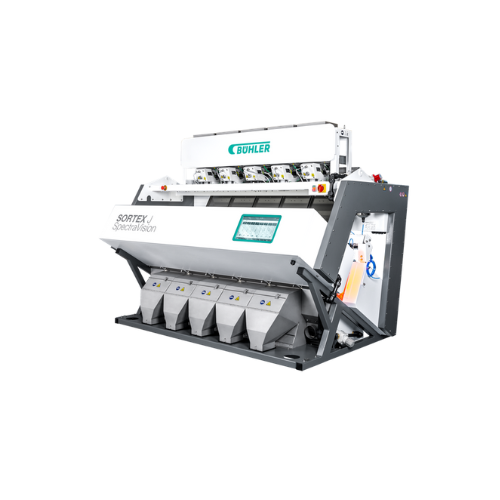
Optical sorter for grains, seeds, and plastics
Enhance sorting efficiency with cutting-edge optical technology that distin...
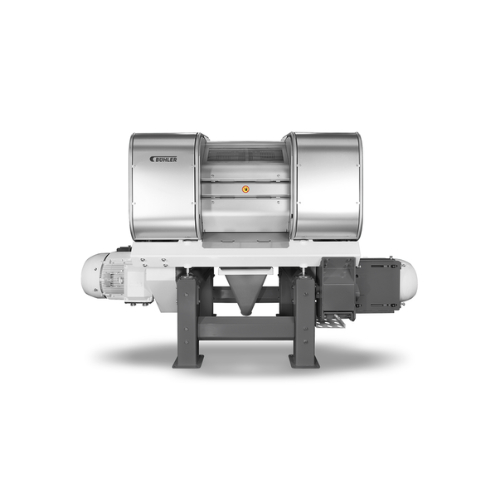
Flaking mill for grain and cereal production
Achieve consistent flake thickness and high throughput with advanced roller t...
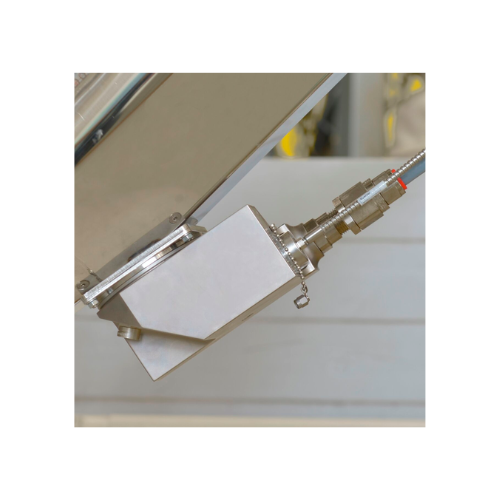
Real-time quality analyzer for flour and semolina
Ensure consistent flour and semolina quality with a cutting-edge online...
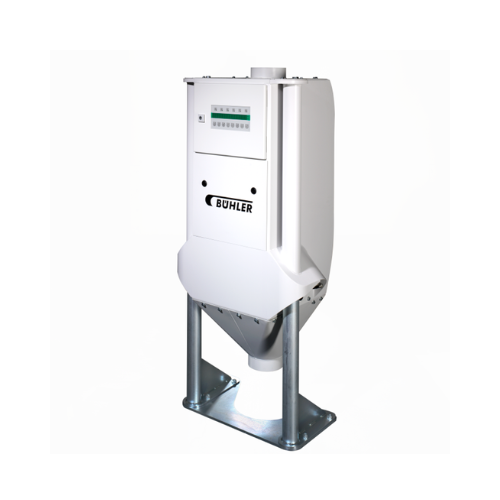
Moisture control system for grain milling
Optimize moisture levels precisely within your grain milling process, ensuring c...
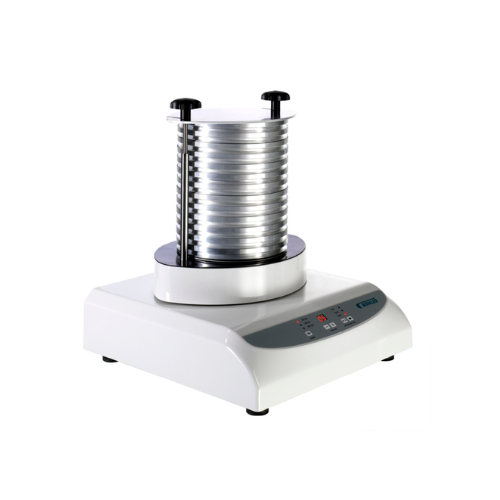
Laboratory plansifter for particle-size distribution
Optimize your grain milling and brewing operations with precise part...
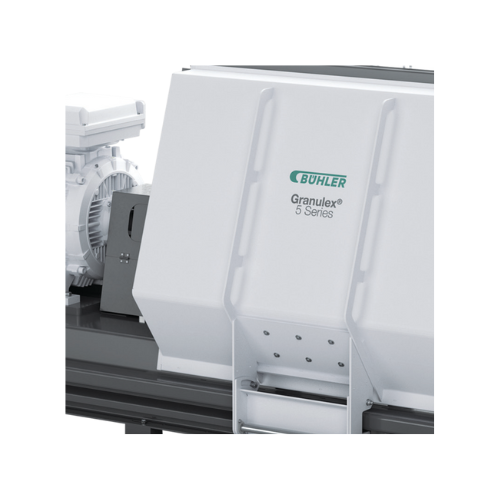
High-throughput hammer mill for animal feed production
Ideal for high-throughput operations, this hammer mill ensures pre...
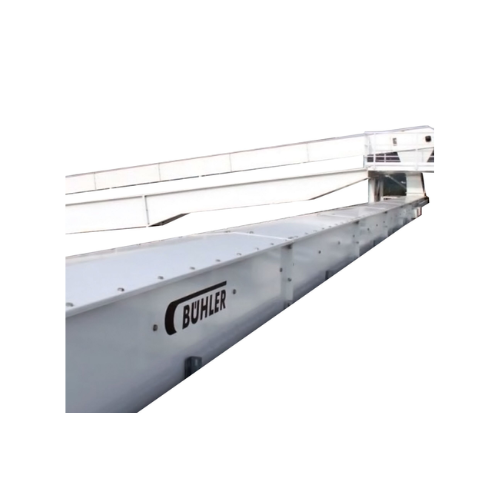
Heavy-duty trough chain conveyor for high throughput applications
Optimized for high-capacity operations, this robust c...
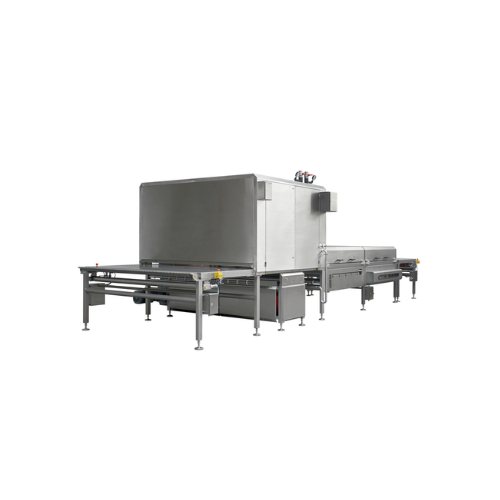
High-efficiency cooling tunnel for confectionery production
Optimize your product cooling process with high-efficiency t...
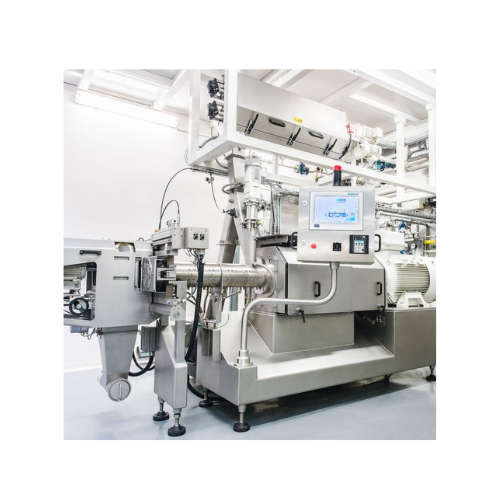
Twin-screw extruder for breakfast cereals production
Enhance your product range with flexible twin-screw extrusion techno...
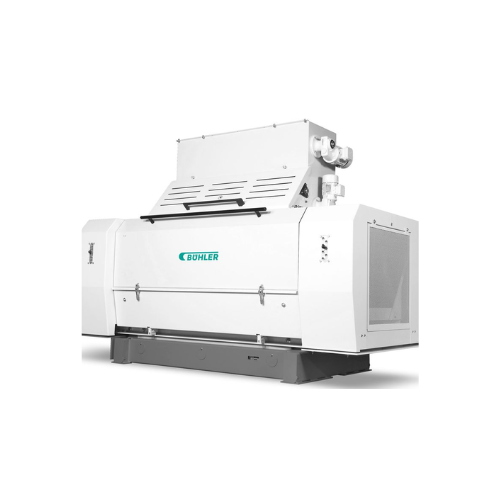
Oilseed flaking and milling system
Optimize your oilseed processing with a flaking system that enhances extraction efficien...
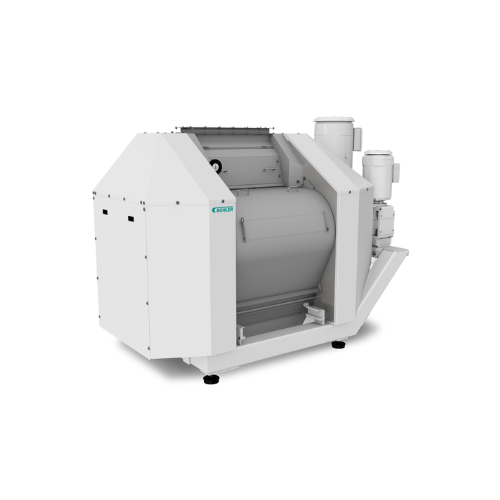
Industrial grain flaking mill
For efficient grain processing, achieve uniform flake quality with advanced temperature-contro...
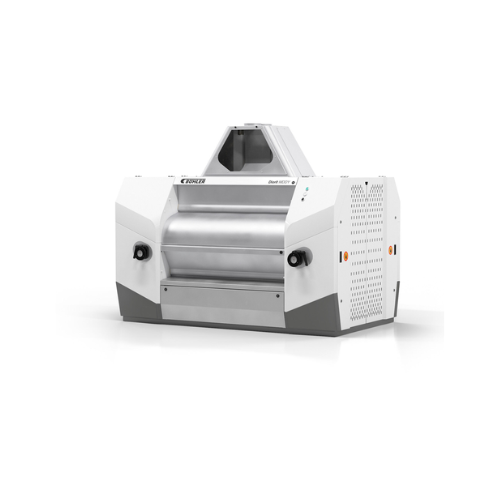
Four-roller and eight-roller mill for grains
Optimize your grain processing with precise roller configurations, ensuring c...
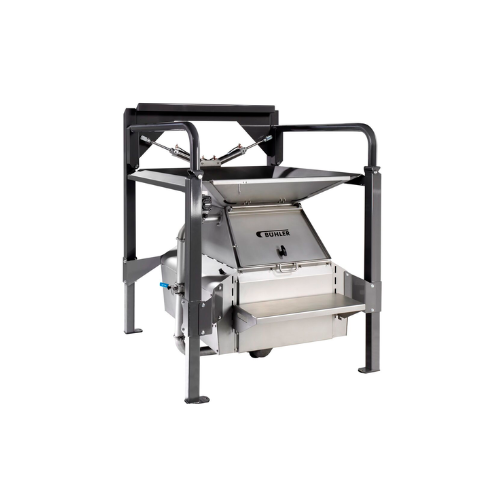
Discharge station for bags and big bags
Ensure consistent material flow and hygiene in your production line with a versatil...
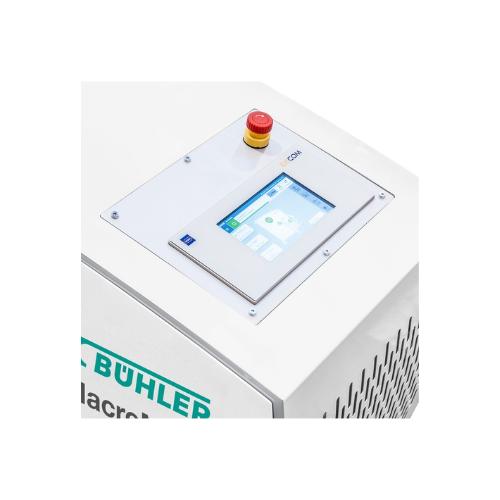
Control systems for wet grinding industry
Enhance precision and efficiency in your production line with advanced control s...

Digital process service for regulating water in dough preparation
Achieve consistent dough moisture levels with this di...
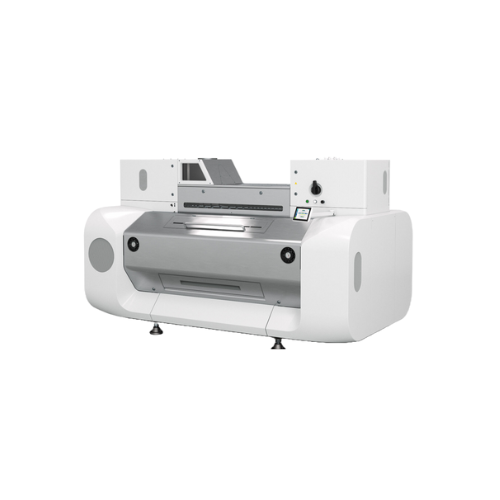
Integrated grinding system for wheat and grain
Optimize your grinding process with a system that delivers consistent parti...
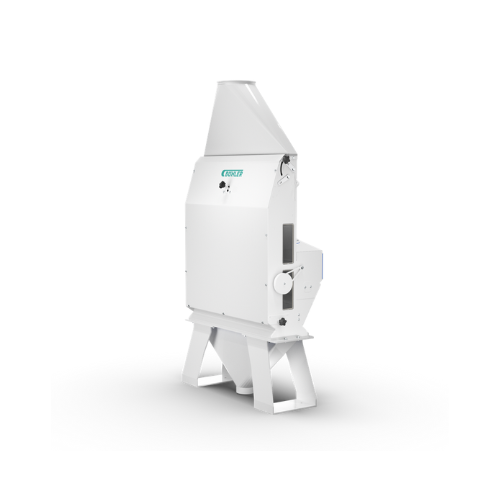
Aspiration channel for grain cleaning
Achieve superior product quality by efficiently removing light impurities from granul...
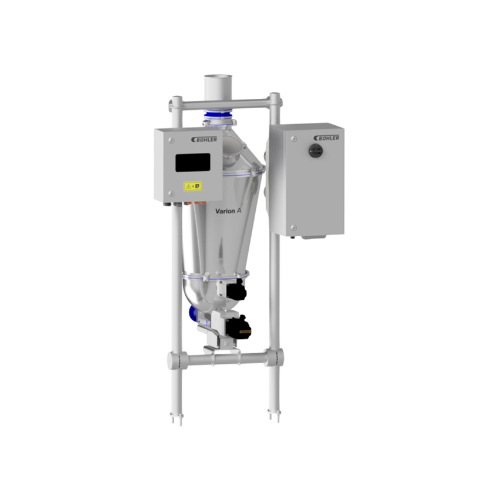
Batch scale for high accuracy weighing of powdery products
Achieve unparalleled precision in powder dosing with our batc...
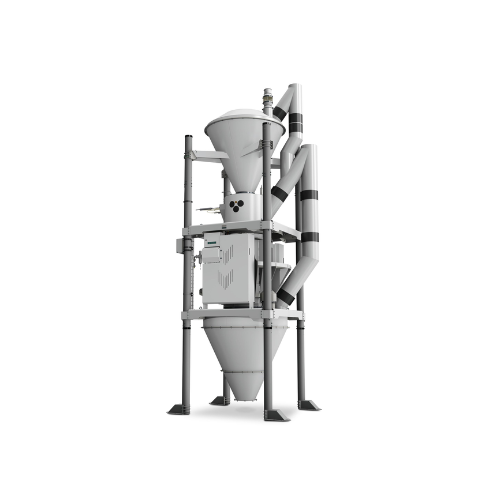
Fully automatic batch scale for powdery and granular products
Achieve precise and repeatable dosing for powdery and gran...
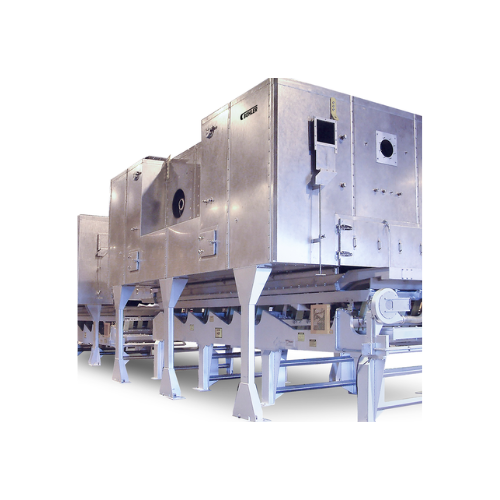
Fluid-bed toaster for cereal processing
Achieve precise control over texture and taste while reducing operating costs with ...
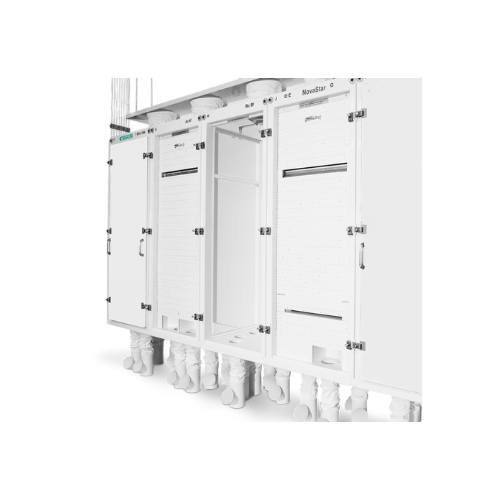
Square plansifter for flour and semolina rebolting
Achieve superior flour and semolina quality by efficiently sifting and...

Twin-screw extruder for breakfast cereal
Optimize your production with a robust twin-screw extruder that accommodates high ...
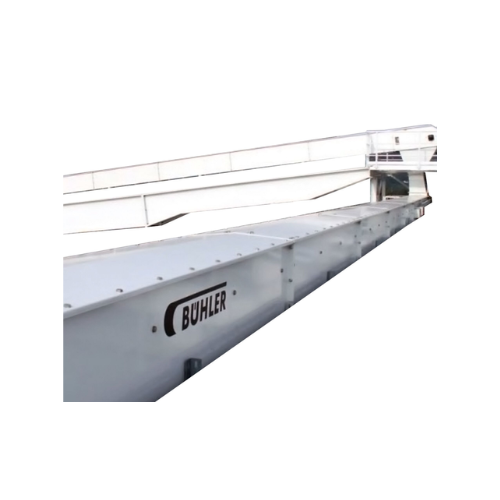
High-capacity horizontal conveyor for bulk storage
Optimize your high-speed bulk material handling with a durable and eff...
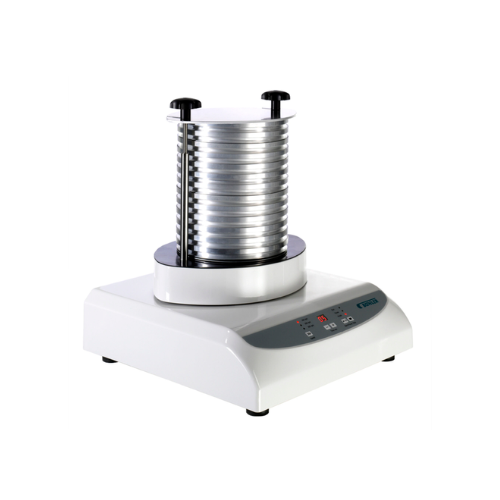
Laboratory plansifter for grain milling and brewing
Achieve precise particle-size distribution and quality control across...
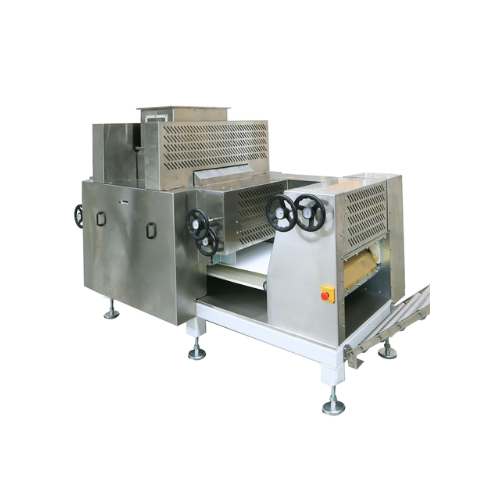
Compound rolling unit for dough sheets
Achieve unparalleled precision in dough formation with our high-speed compound rolli...
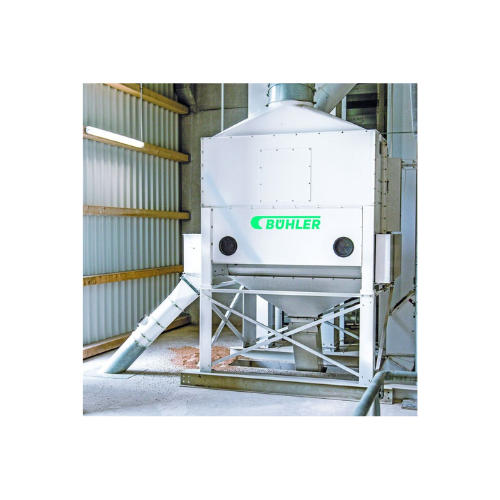
Air cleaners for grain dust removal
Enhance safety and operational efficiency by effectively removing dust and light partic...
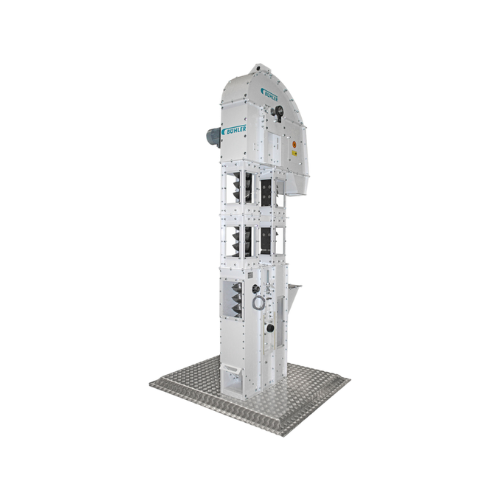
Vertical grain conveying solution for animal feed and bulk materials
Efficiently transport and elevate various bulk mat...
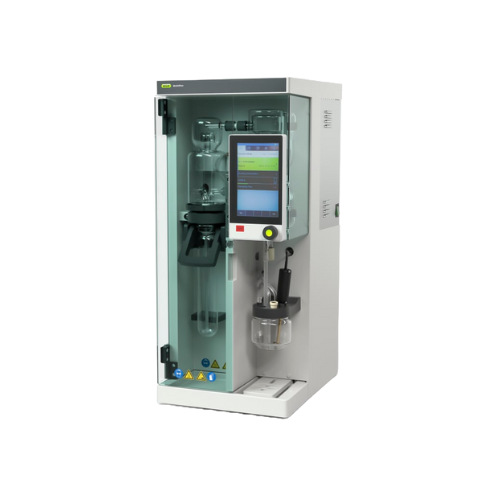
Versatile steam distillation unit for laboratory applications
Achieve reliable analysis of complex samples with this ste...

Nitrogen determination system for laboratory analysis
Ensure precise nitrogen content analysis with cutting-edge steam di...
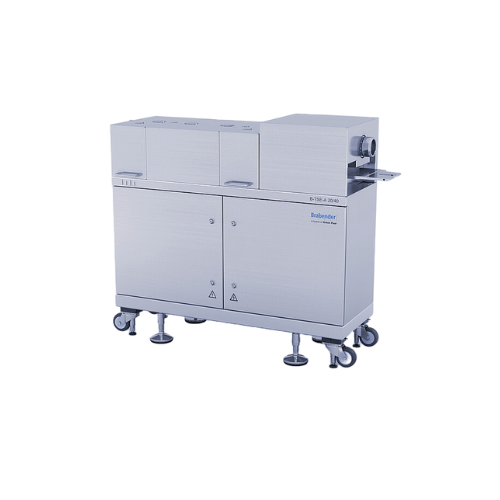
Lab-scale twin screw extruder
Optimize your material testing and production efficiency with our versatile twin screw extrude...

Vertical forced feeder for extruders
Enhance your extrusion process with a vertical forced feeder designed for precise dosi...
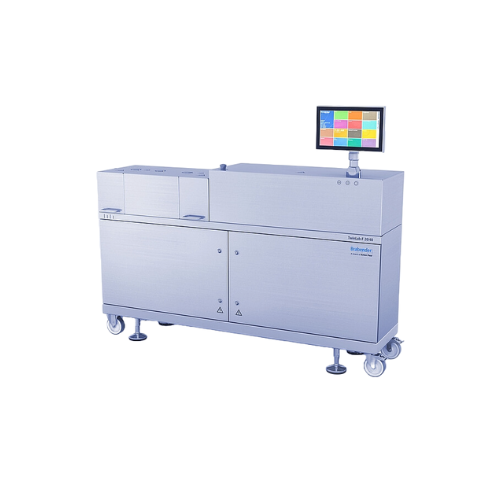
Small twin screw extruder
Optimize your lab and pilot production with a versatile twin screw extruder, designed for precise ...
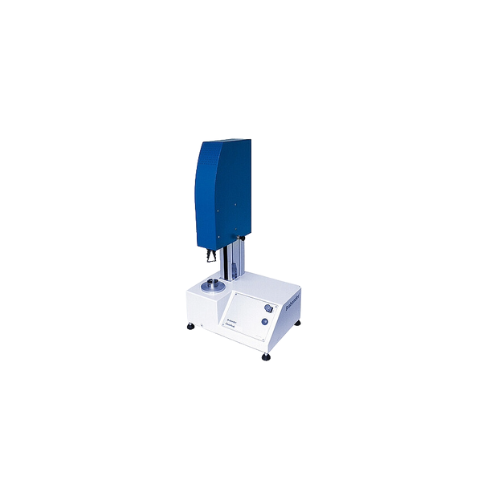
Gluten quality testing solution
Ensure optimal flour quality by rapidly assessing gluten properties, allowing you to refine ...
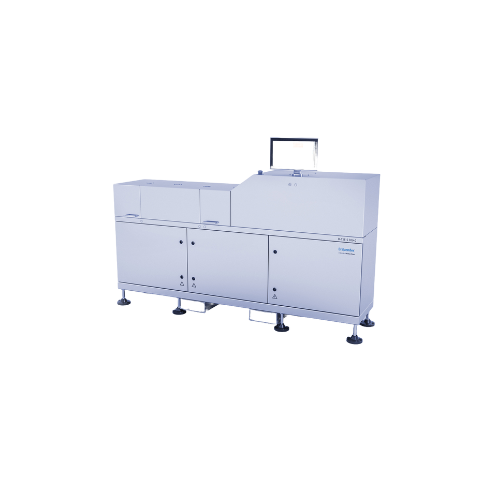
Lab- and pilot-scale twin screw extruders for small-scale production
Optimize extrusion techniques with lab and pilot-s...

High-speed case packer for flexible bags
Streamline your packaging process with a solution designed for high-speed, error-f...
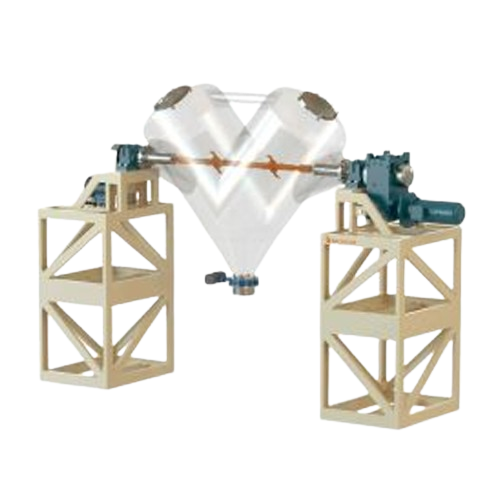
V shape mixer for solids and powders
Ideal for preserving the delicate structures of fragile materials, this mixer ensures ...
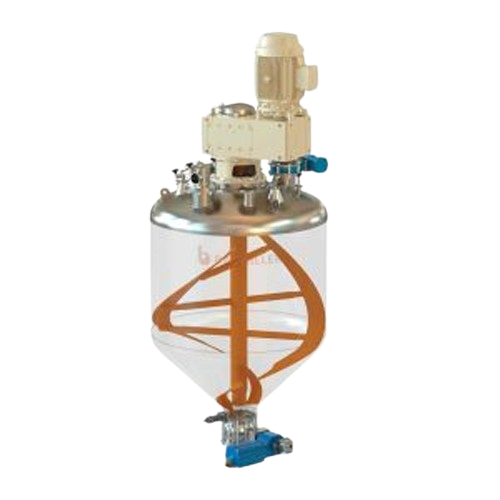
Vertical ribbon mixer for solids and powders
Achieve rapid, uniform mixing of powders and solids while preserving particle...
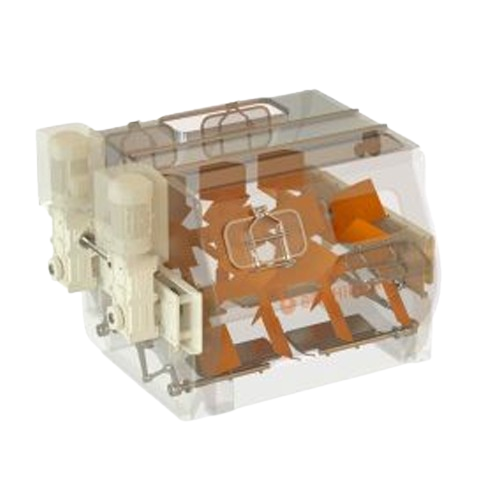
Double shaft paddle mixer for solids and powders
Achieve unparalleled mixing precision for fragile and diverse materials w...
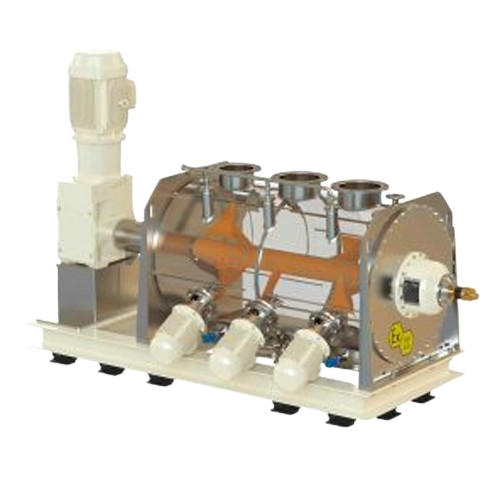
Horizontal ploughshare mixer for solids and powders
Achieve uniform blends of diverse solids and powders with precision a...
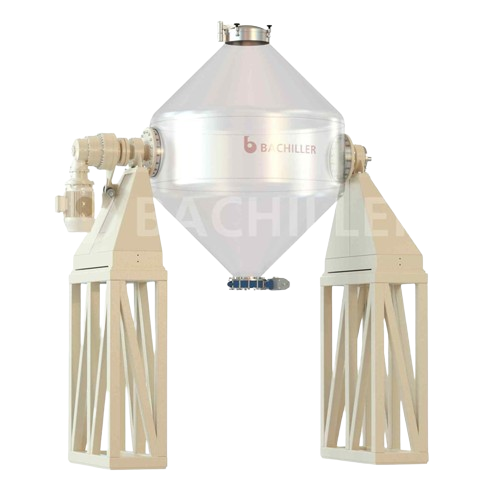
Double cone mixer for powders and solids
Ensure gentle mixing of fragile powders and solids with a low-speed, non-forced bl...
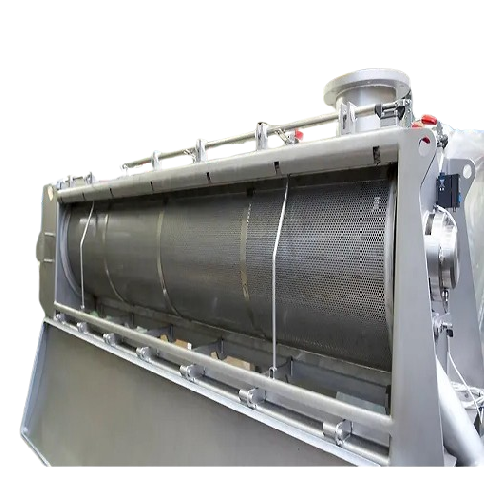
Mill sifter for precise bulk density and particle size distribution
Achieve precise particle size and uniform bulk dens...
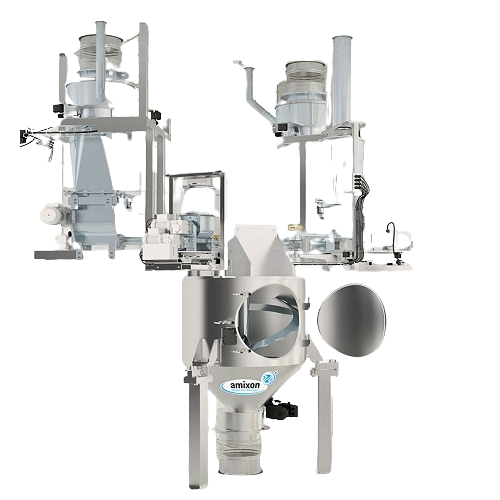
Continuous powder mixer for dry, moist and suspended goods
Achieve precise homogenization and deagglomeration with a con...

Pilot scale mixers for product development and small production runs
Optimize your mixing processes with precision cont...
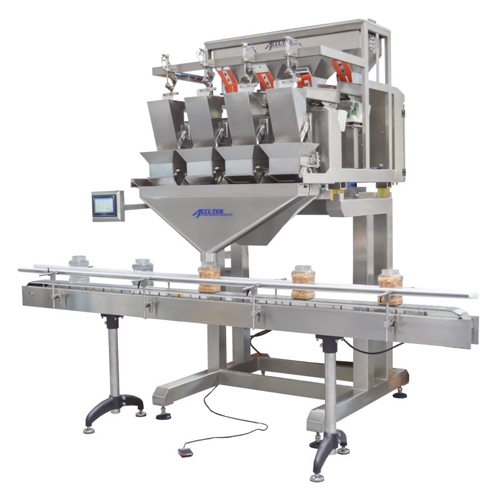
Automatic granular product weighing system
Effortlessly achieve precise fills for dry granular products and powders while ...
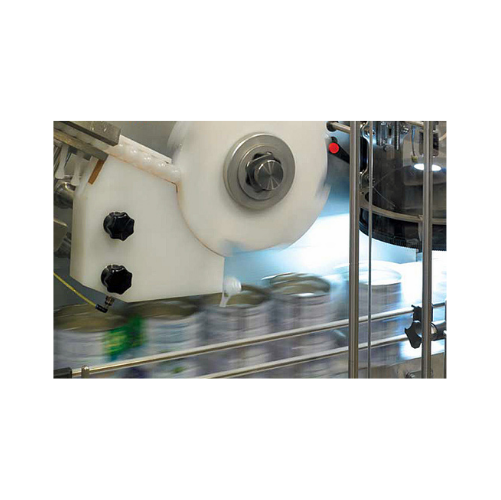
Automated scoop insertion system for powder containers
Streamline your container filling operations by ensuring precise s...
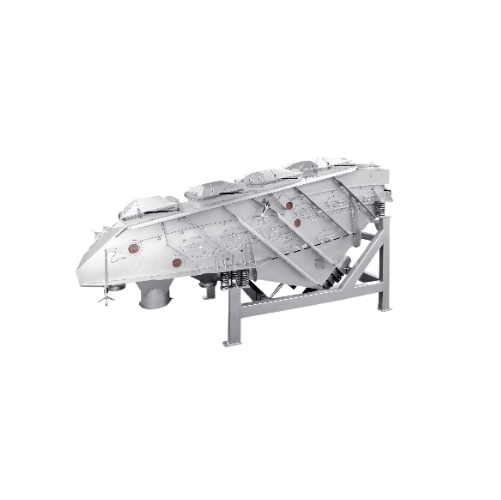
Vibrating sifter for chemical applications
Achieve precise particle separation with this vibrating sifter, ensuring optima...
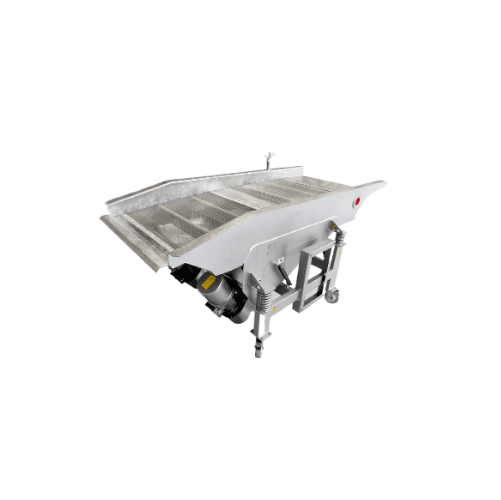
Food product sifter
Ensure precise separation with vibratory sifters designed for continuous operation, delivering gentle han...
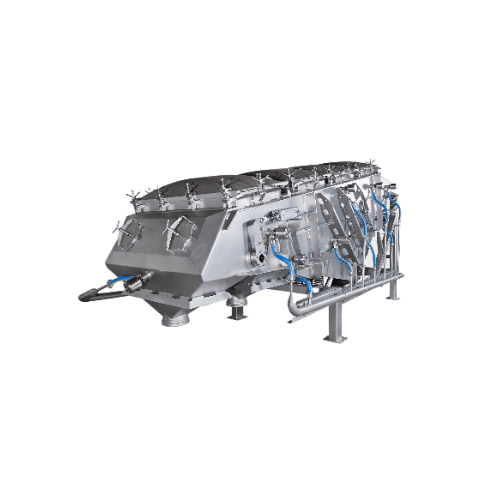
Industrial powder sifter with sanitary compliance
Optimize your powder processing with this versatile sifter, ensuring pr...
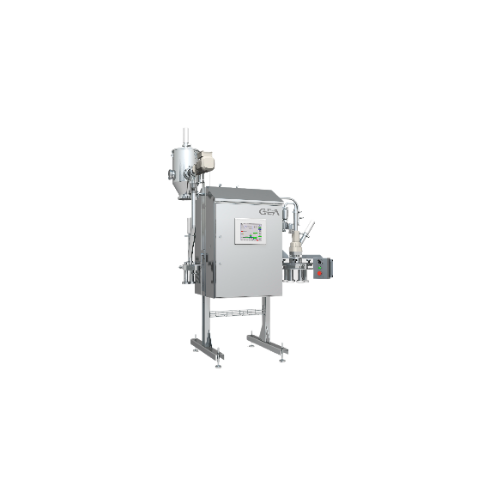
Vacuum powder sampler for particle size distribution control
Ensure precise quality control with a vacuum powder sampler...
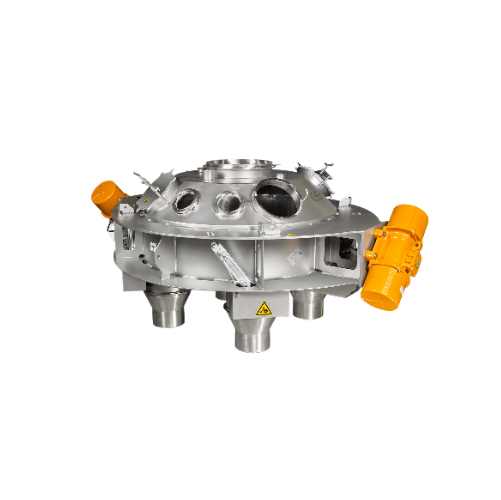
Circular distribution feeder for fragile product handling
Achieve precise dosing and reduced product damage with a versa...
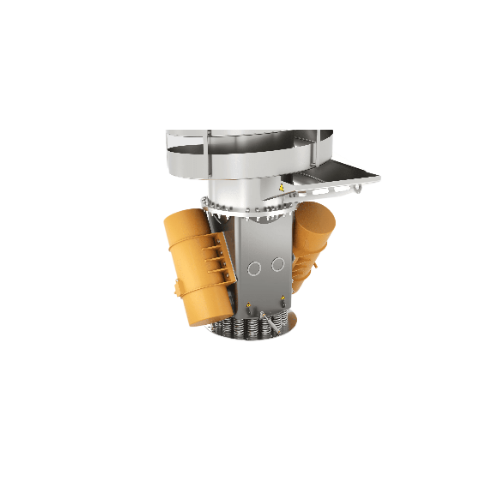
Vibratory spiral elevator for vertical transport
Achieve efficient vertical transport with precise temperature control, su...
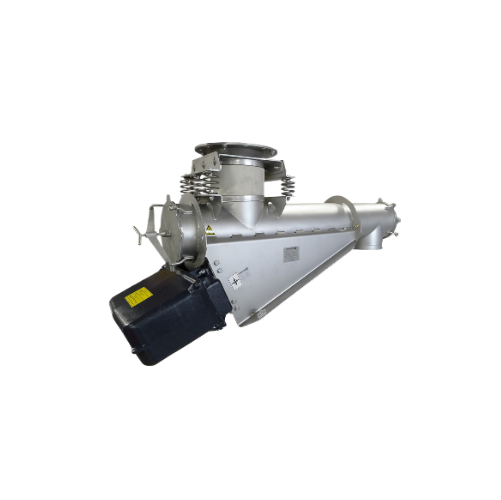
Vibrating feeder for food and pharmaceutical industries
Optimize your production line with precision dosing and gentle ma...

Continuous motion packaging for short-cut pasta
Optimize your packing line with a high-speed solution designed for efficie...
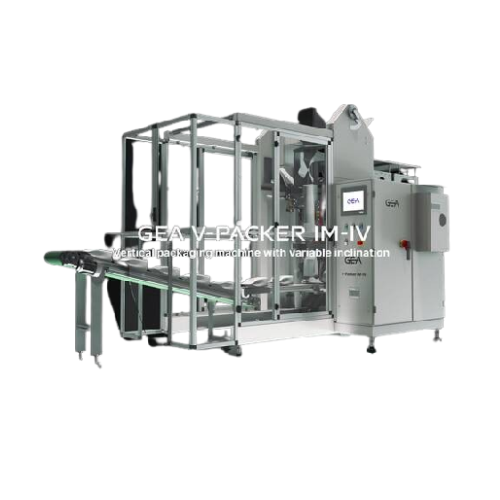
Packaging system for short-cut pasta and dry granular food
Streamline your packaging process with a versatile system des...
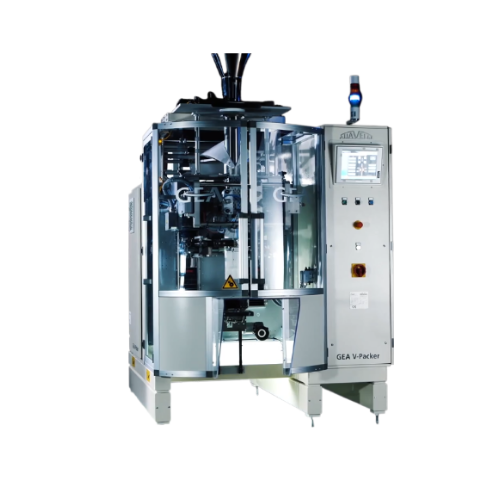
Eco-friendly vertical packaging for pasta
Reduce plastic waste and enhance sustainability in pasta packaging with high-spe...
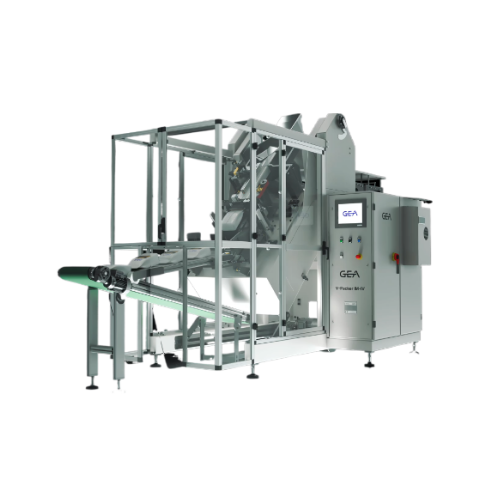
Vertical packaging system for fragile food products
Handle delicate food items like pasta nests and bakery products with ...
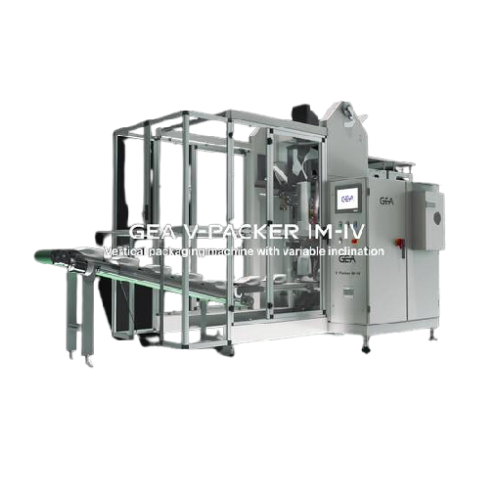
Intermittent motion packaging system for dry granular food
Achieve precision packaging for dry foods with an advanced sy...

Industrial predryer for humidity reduction in food processing
Ensure optimal shelf life and prevent product sticking wit...
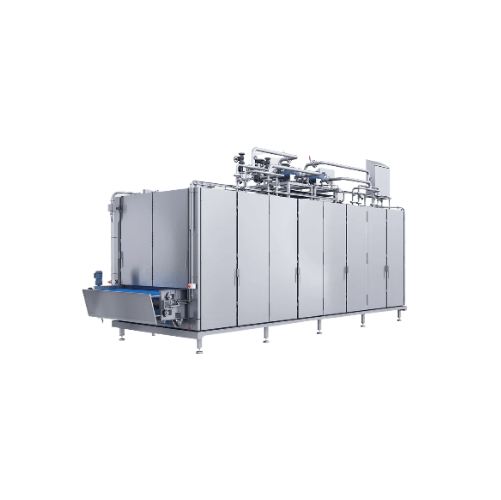
Industrial cooling system for packaging temperature control
Achieve precise temperature control and maximize energy effi...
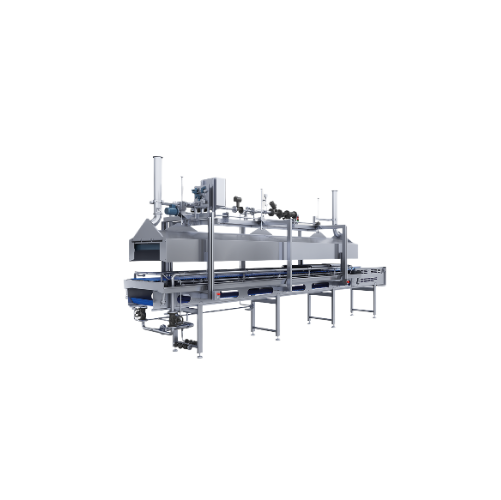
Industrial pasteurizer for efficient bacterial reduction
Ensure your food products are safe with an industrial pasteurize...
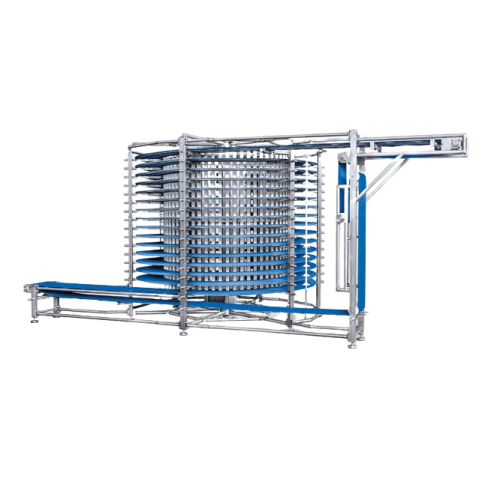
Industrial spiral cooler for thermal treatment
Improve your final conditioning and packaging process with a spiral cooler ...
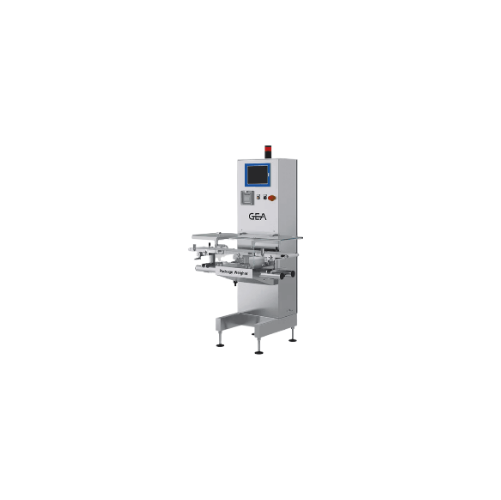
High-accuracy package weigher for pasta and granular products
Optimize your packaging line with precision weighing and i...
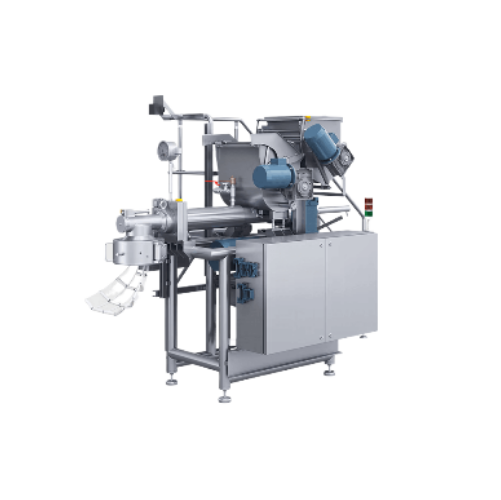
Extruder for short-cut pasta and lasagna production
Achieve seamless pasta and snack production with an extruder designed...
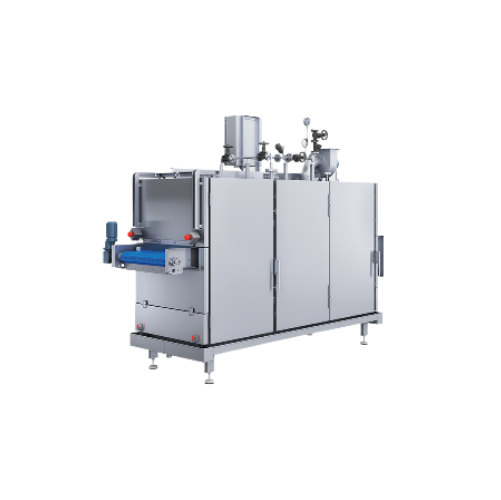
Surface drying system for pasta production
Ensure optimal surface drying of pasta and snacks post-pasteurization, preventi...
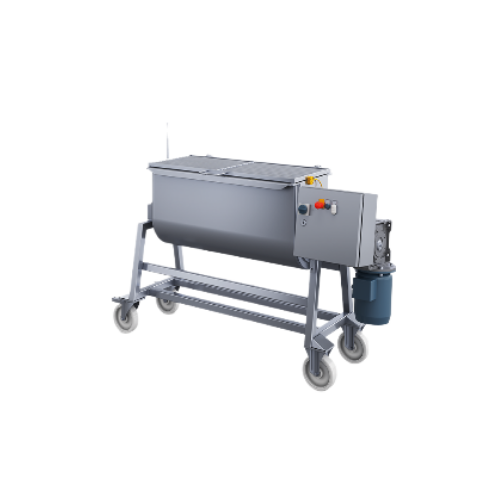
Batch standing mixer for dough preparation
Enhance your mixing precision with a batch standing mixer that optimizes paddle...
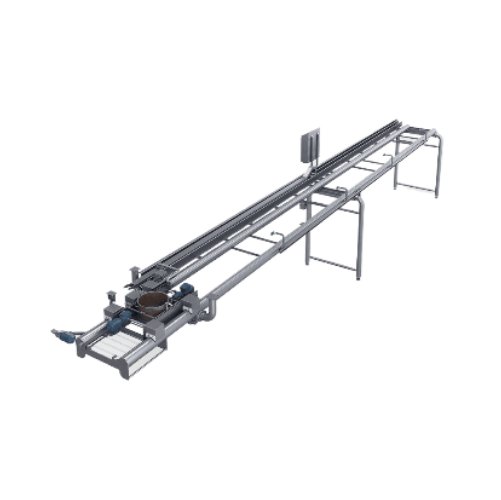
Dough distribution system for multiple mixing points
Ensure precise dough allocation across multiple production stages wi...
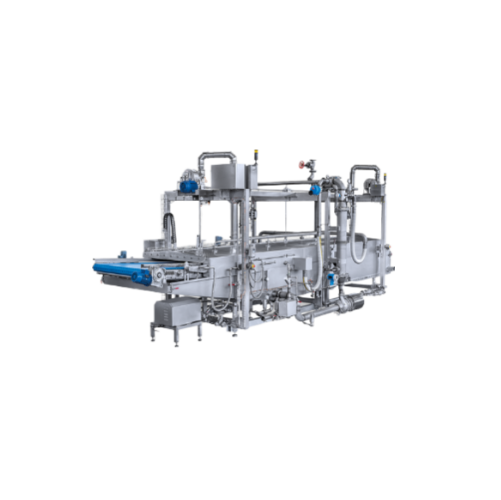
Water cooker for fresh pasta processing
Enhance cooking precision and product quality with this water cooker, designed to c...

Round die washer for pasta and snack production
Ensure impeccable hygiene with a specialized washer that streamlines die m...
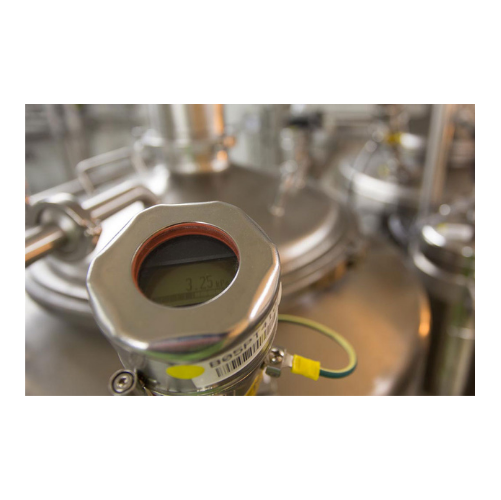
Powdered product shelf-life enhancement through inert gas packing
Extend the shelf life of sensitive powder products by...
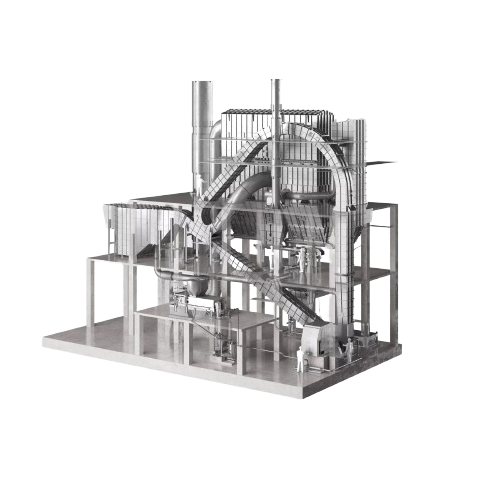
Industrial ring dryer for efficient particle processing
Control particle size and drying efficiency with precise recircul...
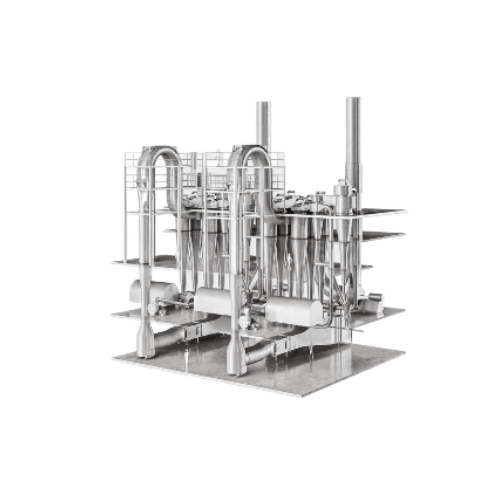
Flash dryer for industrial moisture removal
Optimize your production with rapid moisture removal, efficiently transforming...
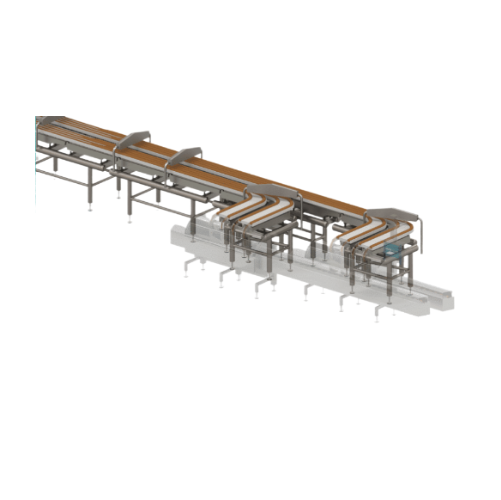
Vibratory buffer system for line efficiency
Enhance your production line by efficiently managing downstream stoppages and ...
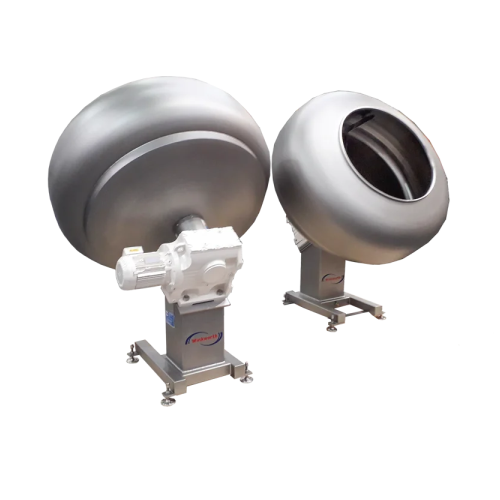
Industrial coating pans for sweets and confectionery
Ensure even and consistent coatings with high-capacity pans designed...

Coating pans for precision culinary coatings
Achieve consistent, high-quality coatings on a diverse range of products, fro...
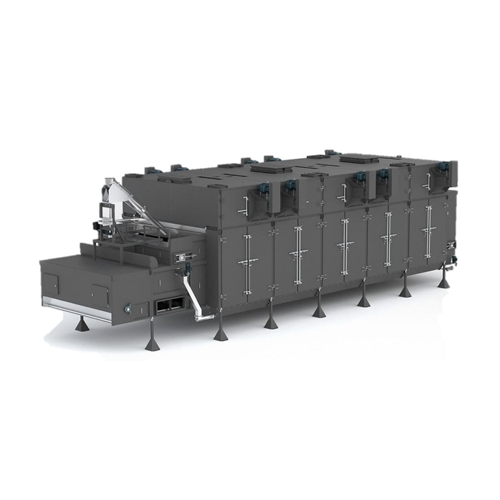
High capacity horizontal dryers and coolers for industrial applications
Achieve consistent moisture levels and uniformi...
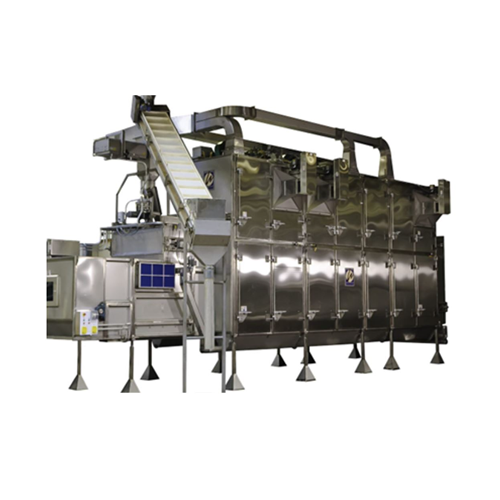
Sanitary dryers for textured vegetable proteins
Optimize drying and sanitation for textured vegetable proteins and pet foo...
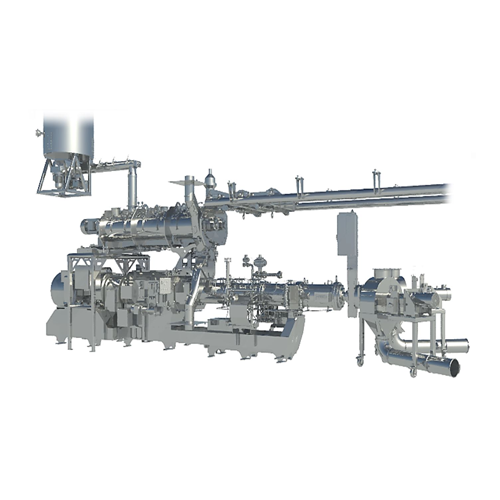
Extruder for aquatic feed production
Efficiently produce a wide range of aquatic and pet feed with precise control over pel...
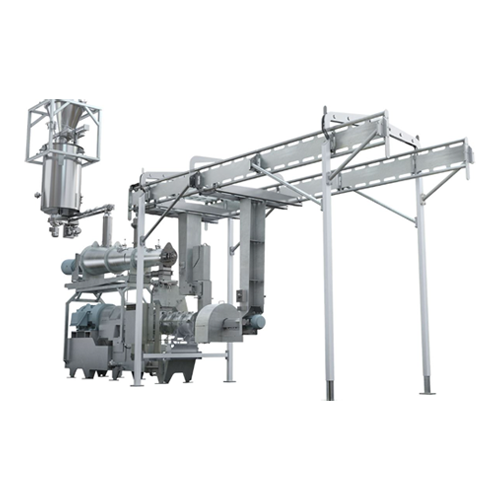
Conical twin screw extruder for pet food and aquatic feed
Precision-engineered for high-speed extrusion and drying proce...
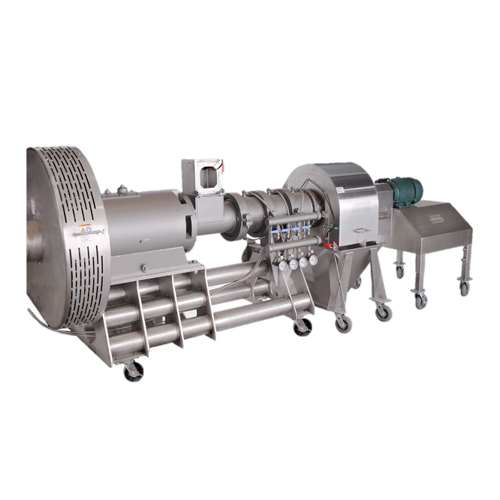
Forming extruders for flaked cereals
Optimize your production line with versatile forming extruders designed for precision ...
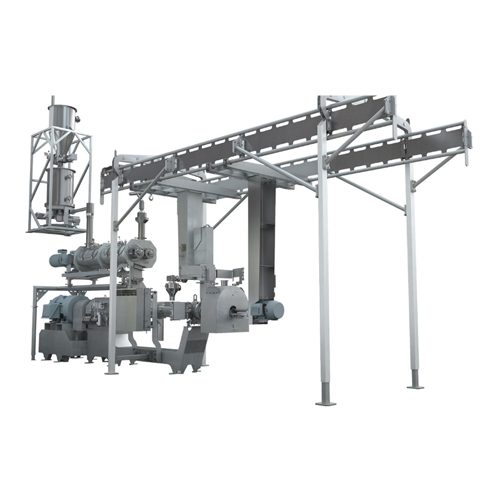
High-sme extruder for structured meat analogs
Enhance production versatility with precise extrusion control, accommodating...
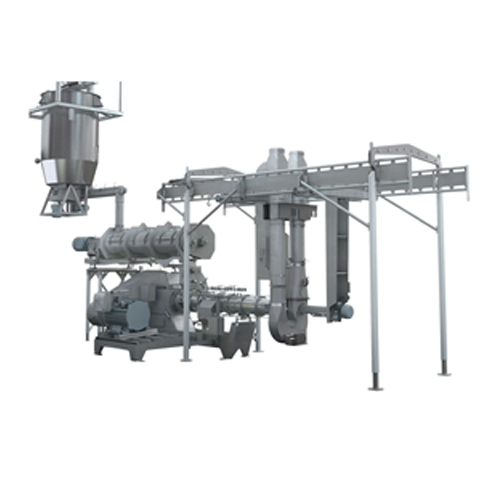
Single screw extruder for pet food and aquatic feed
Maximize production capacity and optimize product quality with advanc...

Extruder for high-volume pet food production
Maximize production efficiency with an advanced extrusion system designed for...

Twin screw extruder for pet and aquatic feed
Achieve exceptional cooking precision with our twin screw extruder, designed ...
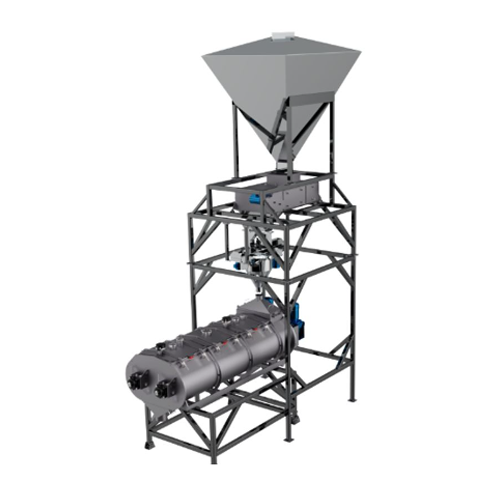
Coating and enrobing system for pet foods and treats
Achieve precise coating and flavoring of various food and feed produ...
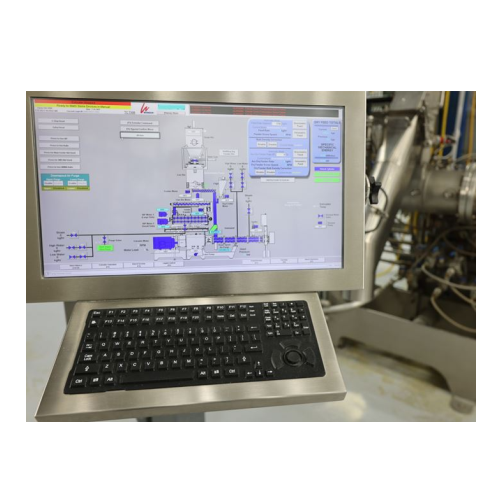
Automated process management system for industrial extrusion
Optimize your production line with precise control and moni...
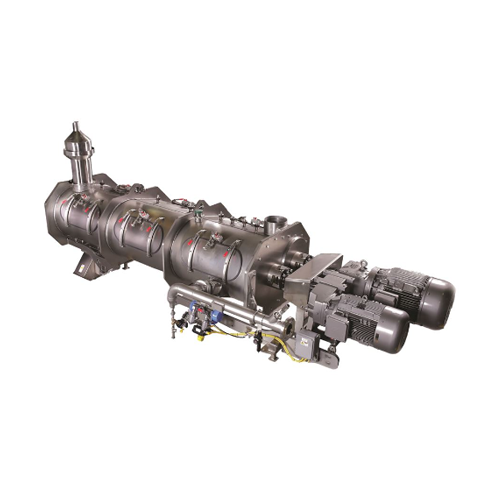
High intensity preconditioner for textured vegetable proteins
Optimizing your production with precise moisture control a...
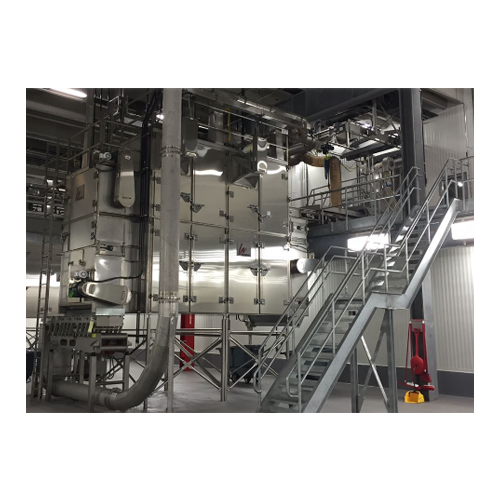
Convection roaster for pet food and delicate food products
Achieve optimal texture and moisture control in delicate food...
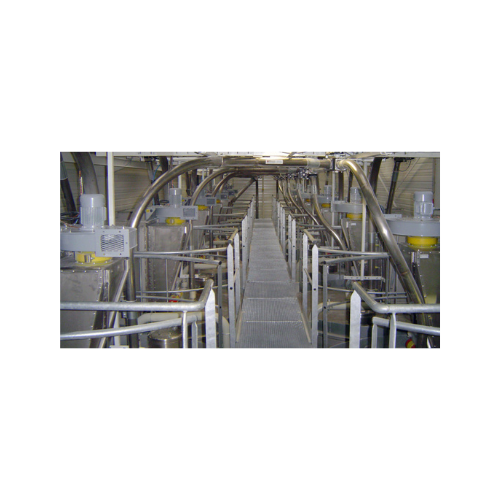
Atex certified flanged round dust collectors
Designed for potentially explosive environments, these flanged round dust col...
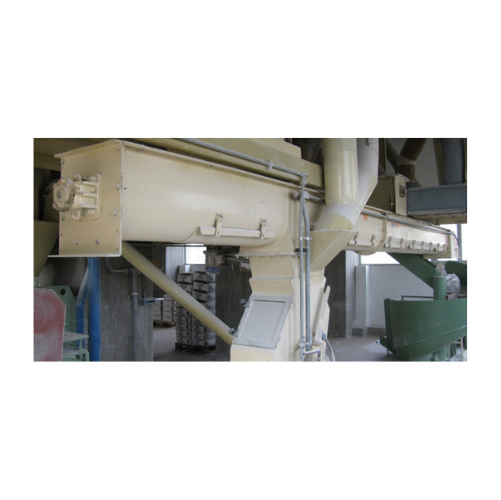
Trough screw conveyor for flour mills
Optimize your flour processing with efficient material handling, precisely designed f...

Pneumatic linear vibrators for bulk material flow
Prevent bridging and rat-holing in your production process with silent,...

Cushioned pneumatic linear vibrators for bulk solids
Combat material bridging and rat-holing with silent vibratory techno...
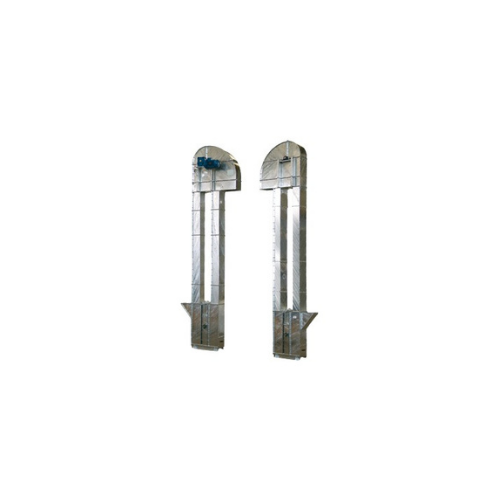
High capacity vertical conveying for grains and cereals
Ensure efficient vertical transport of bulk materials like cereal...
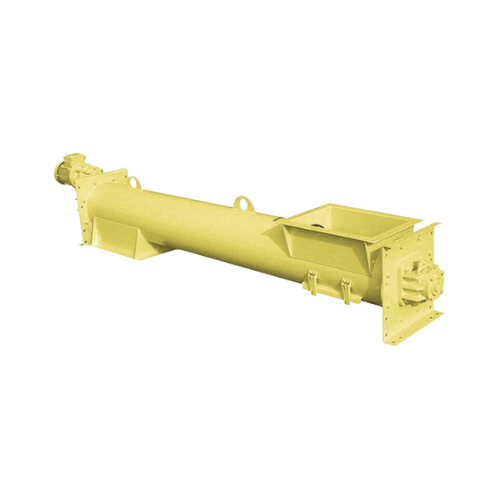
Tubular trough screw conveyors for gentle powder and granular material handling
Achieve precise powder and granular ma...
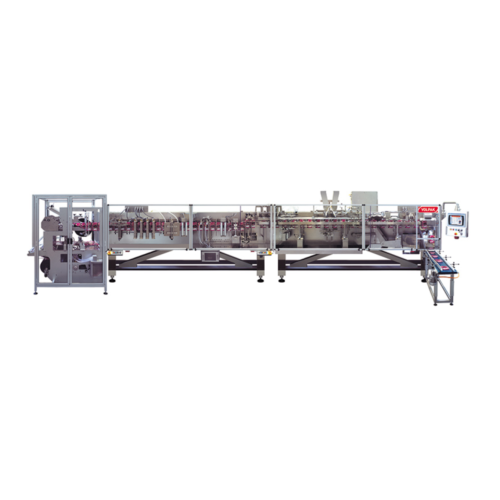
Stand-up pouch filling and sealing system
For packaging lines that demand quick, efficient, and flexible pouching, this hi...
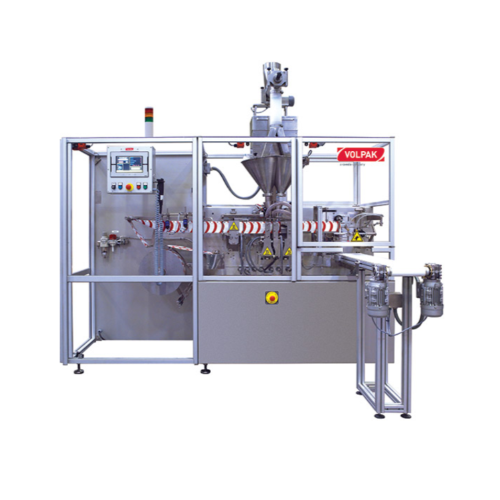
Horizontal flat pouching solution for foods and chemicals
Achieve precision in pouching liquids and powders with high-sp...
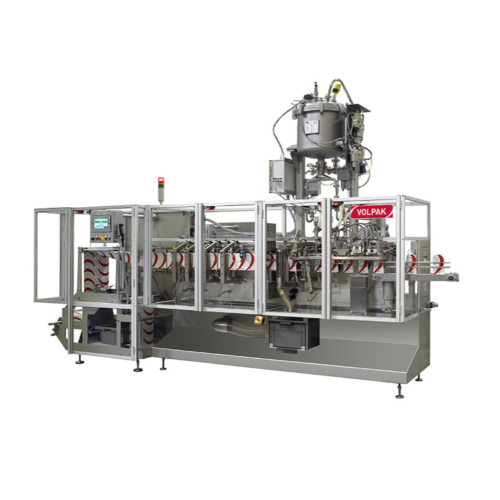
Stand-up pouch packaging for various products
For manufacturers seeking versatile packaging solutions, this machine delive...
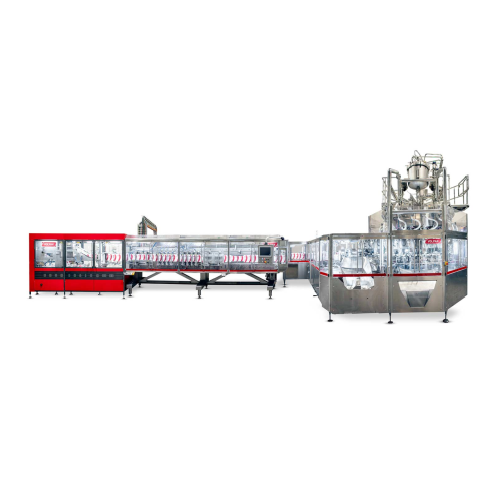
Continuous stand-up pouching solution for up to 1000ml
Maximize efficiency in high-speed production lines with precise st...
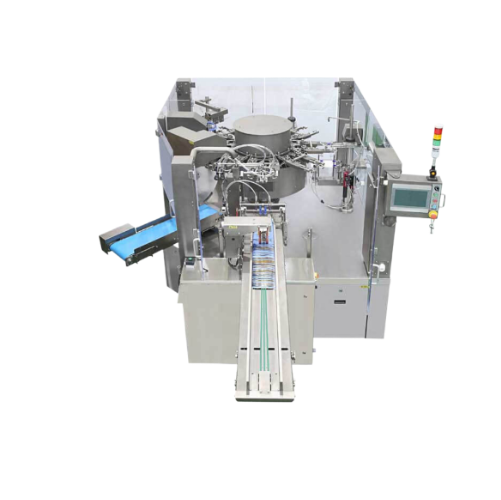
Rotary pouch packaging system for food and powder products
Streamline your packaging process with a rotary system that e...
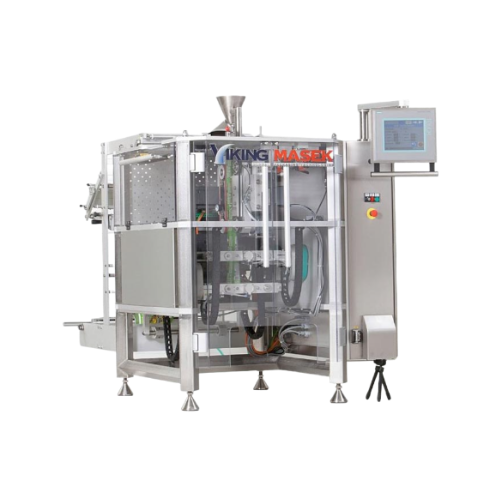
High-speed vertical form fill seal packaging machine
Optimize your packaging line with this high-speed vertical form fill...

Vertical form fill seal for dusty and liquid products
Optimize your packaging line with a versatile solution designed to ...
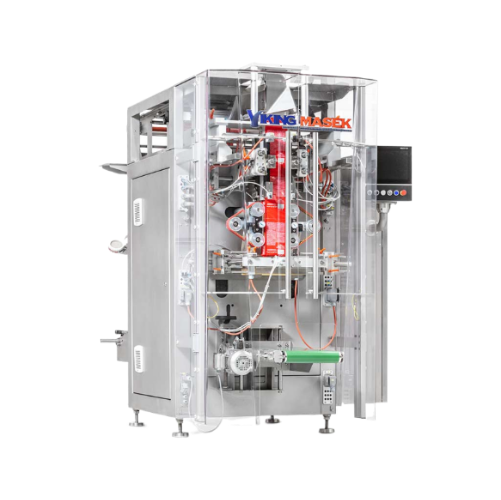
High-speed vertical form fill seal for various packaging needs
Streamline your packaging process with an advanced vertic...
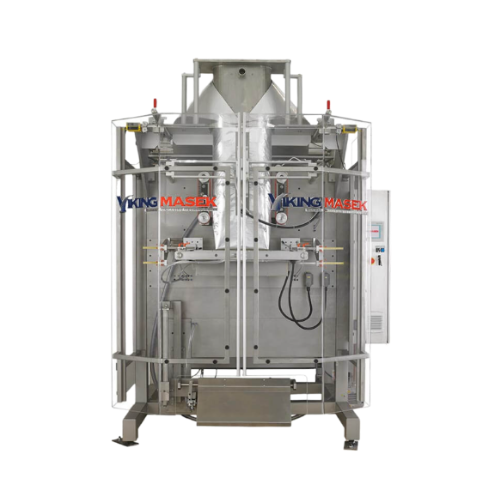
Vertical form fill seal for bulk bag packaging
Streamline your bulk bag packaging with efficiency and precision, ideal for...
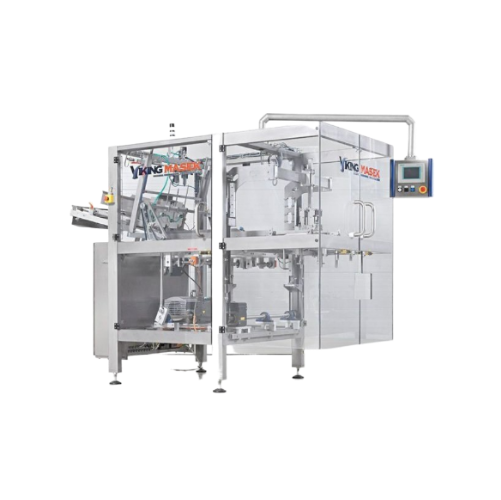
Top load cartoner for various carton shapes
Optimize your production line with a versatile cartoning solution, perfect for...
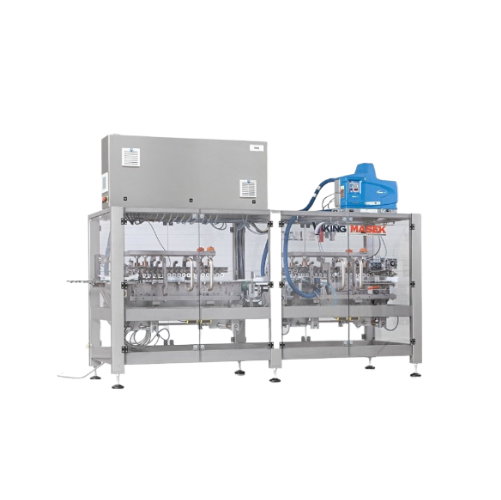
Topload cartoner for packaging cartons
Efficient flap closing for diverse carton sizes, ensuring gentle handling of sensiti...
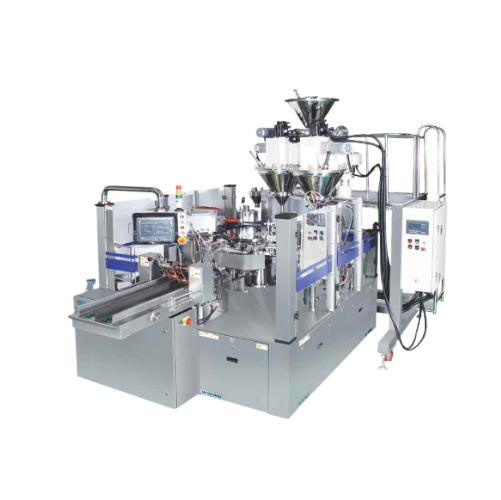
Automatic rotary filler and sealer for premade pouches
Enhance your production line efficiency with a dual-lane system th...
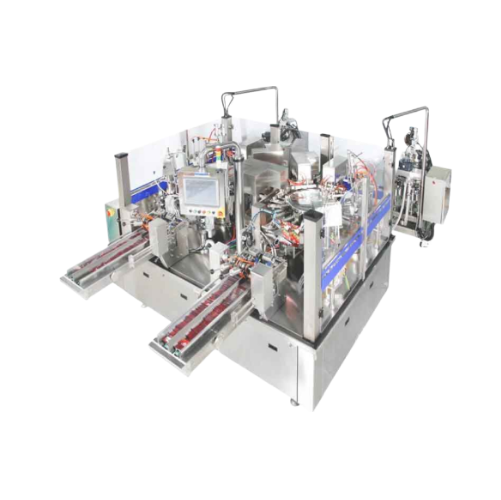
Automatic rotary premade pouch filler and sealer
Optimize your production line with high-speed pouch filling and sealing, ...
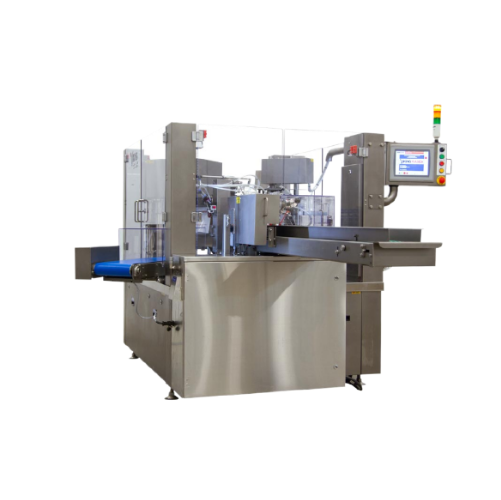
Automatic rotary premade pouch filler for various industries
Streamline your pouch packaging process with precision fill...
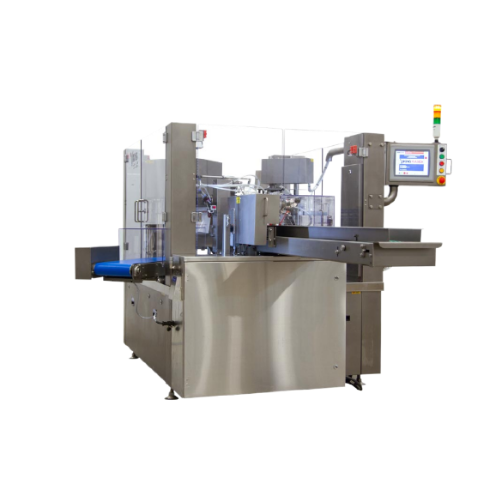
Automatic rotary premade pouch filler for food products
Enhance your packaging line with a high-speed solution designed t...

Product inspection systems for contamination control
Ensure product safety and compliance with precision inspection techn...
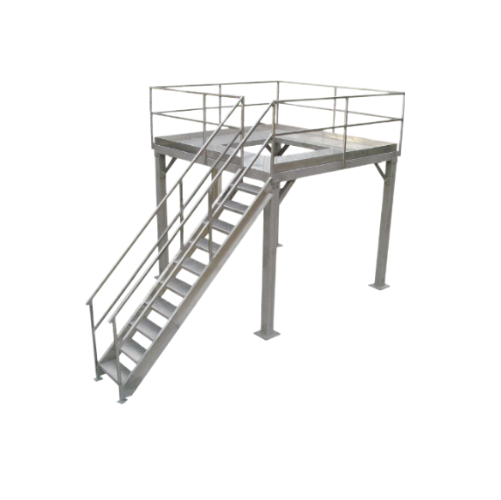
Support structures for packaging lines
Enhance safety and efficiency in your production line with robust support structures...
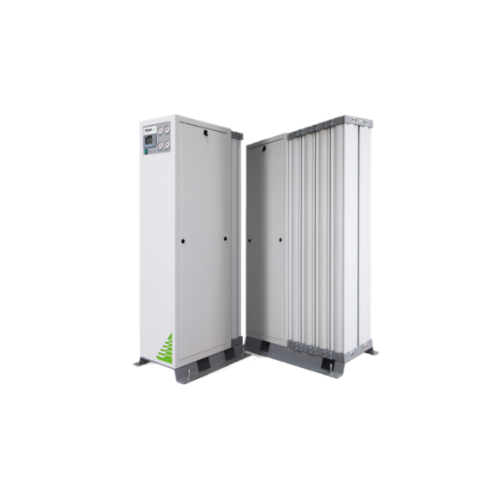
Modified atmosphere packaging solutions for perishables
Extend the freshness and shelf life of perishable goods with prec...
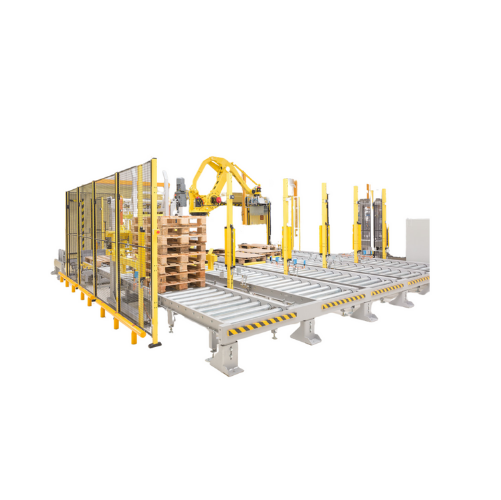
Robotic palletizing and depalletizing systems
Enhance your production efficiency by automating the repetitive and labor-in...
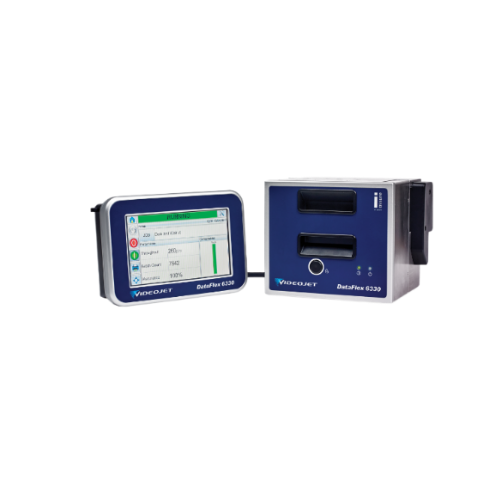
Industrial printers and labelers for packaging
Ensure precise package identification and traceability with robust printing...
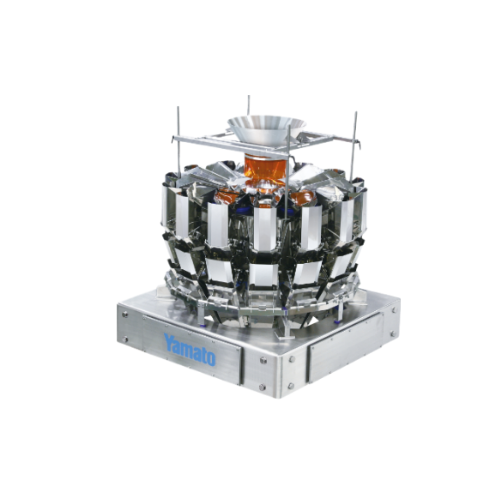
Industrial product fillers for precise packaging
Achieve consistent package weights and volumes with precision filling sol...
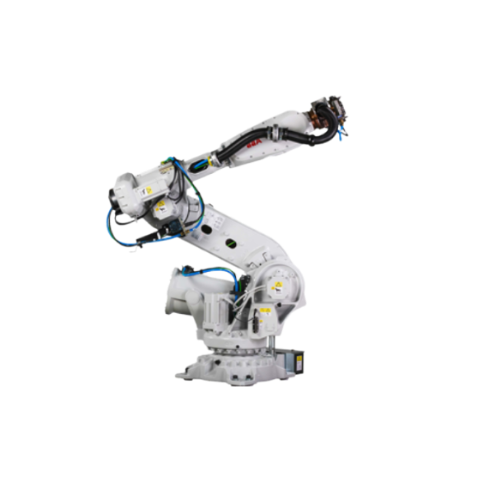
Robotic packaging integration for automated systems
Enhance your production line efficiency with seamless robotics integr...
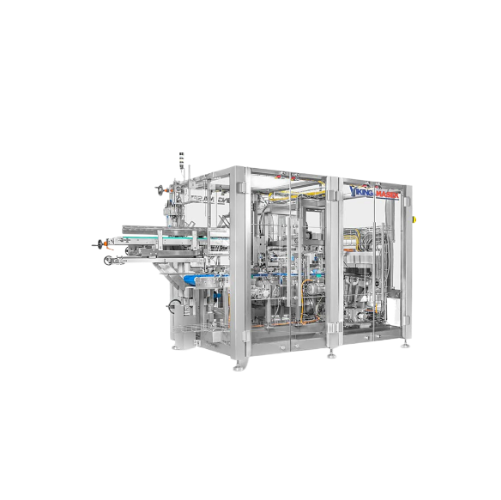
Sleeve cartoners for ready meals and salads
Optimize your packaging line with a high-speed sleeve cartoner designed to eff...
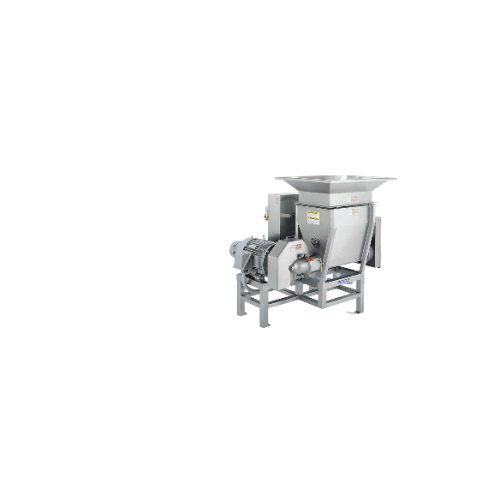
Industrial milling systems for food processing
Streamline your food production line with robust milling and cutting soluti...
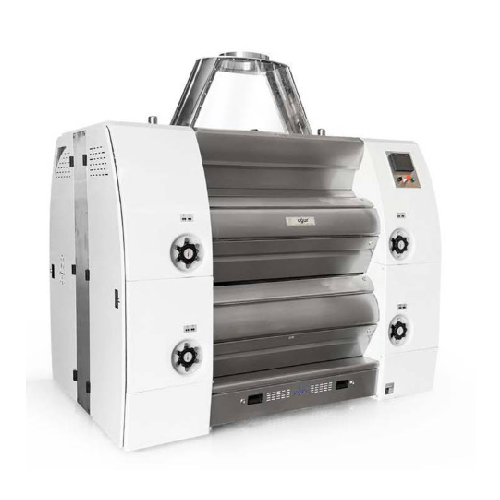
Double deck roller mill for grain milling
Achieve superior milling results with increased efficiency and hygiene in proces...
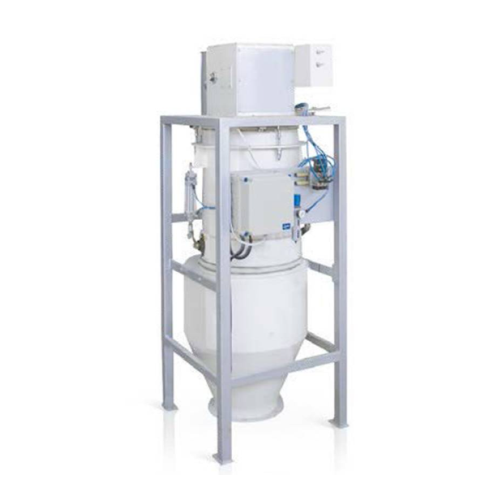
Industrial extraction scale for accurate material weighing
Ensure precise ingredient proportions in your milling operati...

Bucket elevator for grain and powder products
Efficiently transport bulk materials like grain and powder vertically with p...
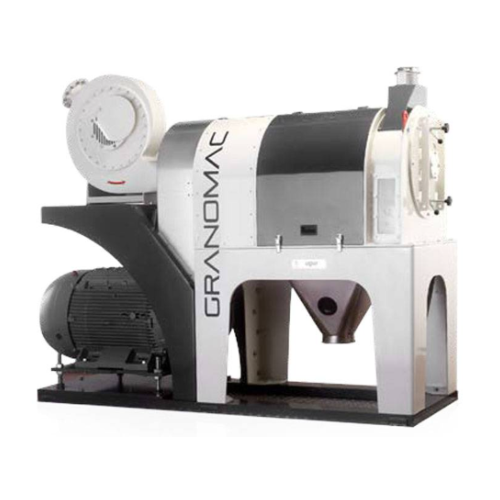
Maize flour and semolina milling solution
Efficiently transform corn into diverse food products by combining precision cle...
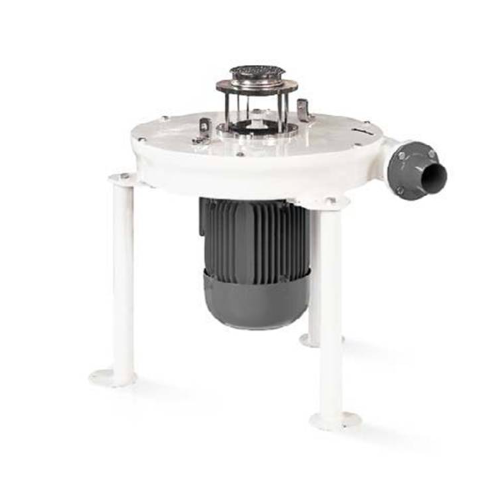
Industrial impact detacher for semolina processing
Optimize your grain processing line with a solution designed to enhanc...
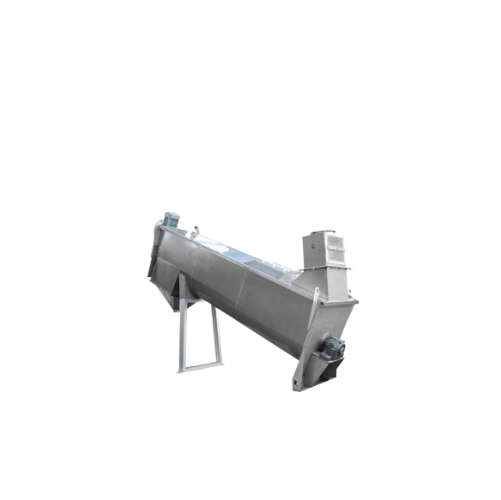
Inclined intensive dampener for grain processing
Ensure consistent moisture levels for optimal grain processing and enhanc...
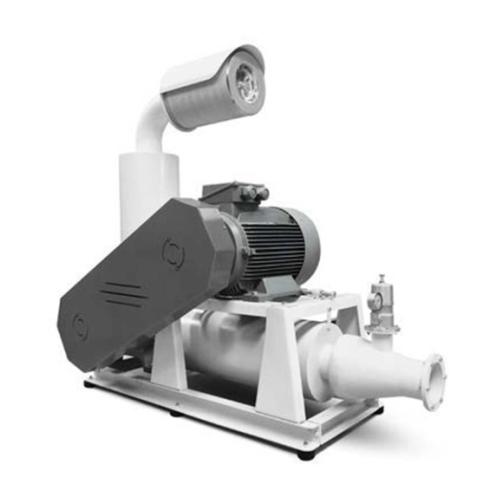
Blower for vertical and horizontal grain transport
Efficiently transport grains, legumes, and flour both vertically and h...
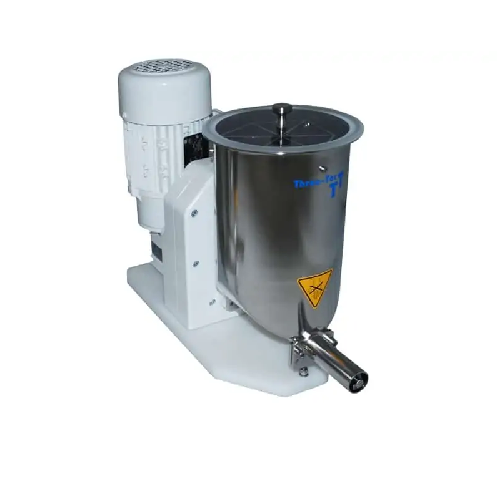
Volumetric single-screw feeders for free-flowing products
Achieve precise and continuous feeding of free-flowing powders...
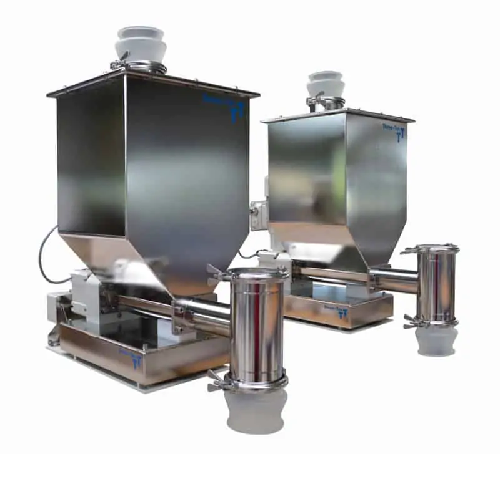
Gravimetric single-screw feeder for free-flowing products
Optimize your dosing precision for powders and granulates with...

Industrial metal detector for food and beverage applications
Ensure your production line is free from metal contaminants...
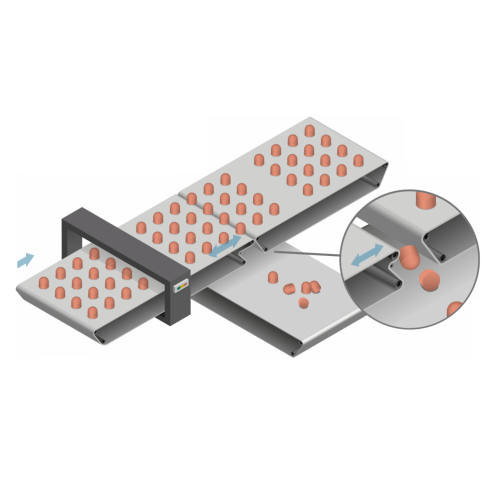
Metal detector for packaging lines
Ensure product purity and safety with precision metal detection, seamlessly eliminating ...
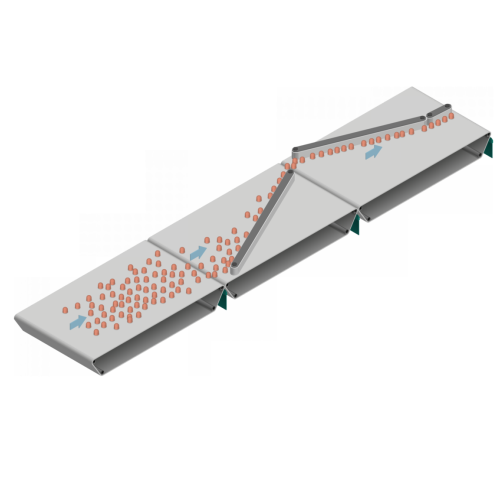
Separating and aligning conveyor for packaging systems
Efficiently manage the flow of diverse solid products like confect...
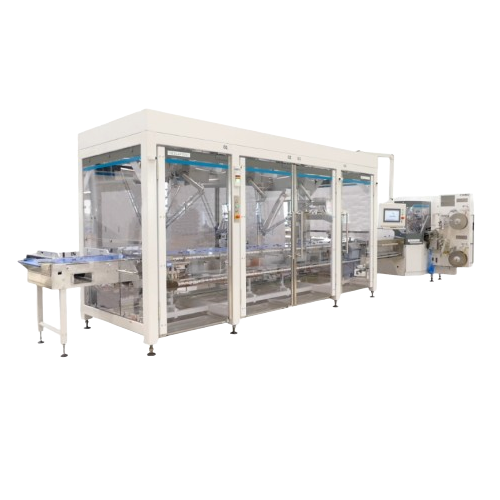
Vision-based robotic feeding system
Enhance your production line with precise robotic feeding, optimizing product placement...
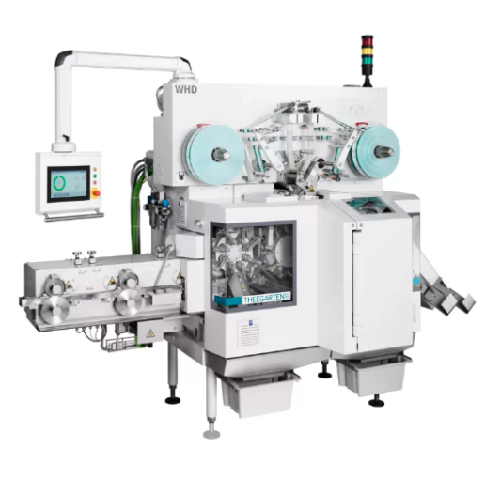
High-speed double twist packaging system for soft caramels
Streamline your confectionery packaging process with a high-s...
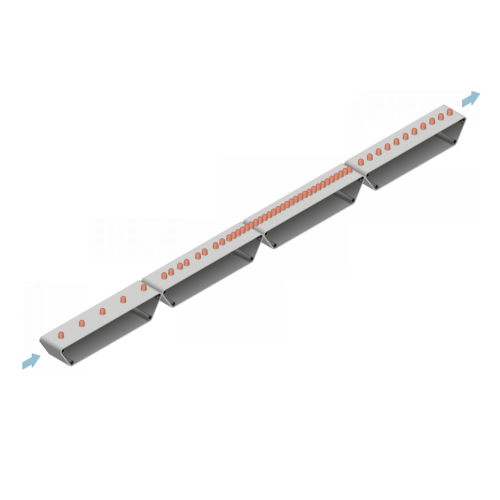
Accumulation conveyor for controlled feeding in packaging lines
Ensure seamless product flow and enhance efficiency in y...
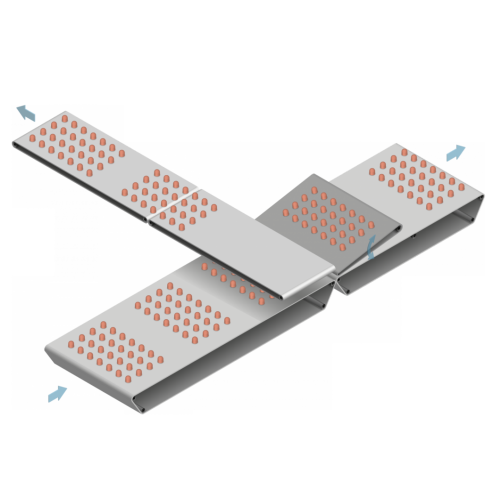
Cross transfer station for mould configuration products
Streamline the transfer of mould-configured products across your ...
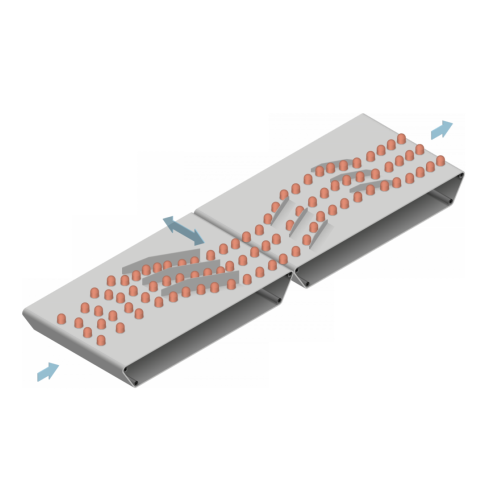
Lane arrangement for efficient product transfer
Optimize your production line’s efficiency with seamless integration...
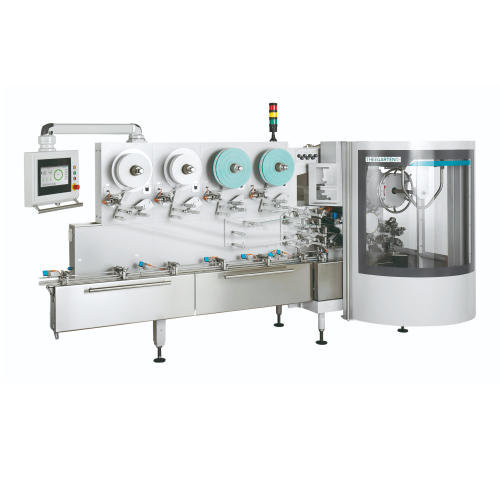
Flexible high-speed wrapping machine for chocolate products
Optimize your confectionery production line with a flexible ...
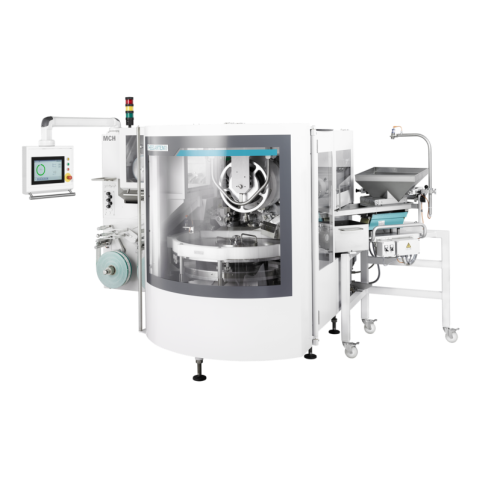
Flexible high-speed wrapper for confectionery products
Streamline your packaging process with a versatile machine designe...
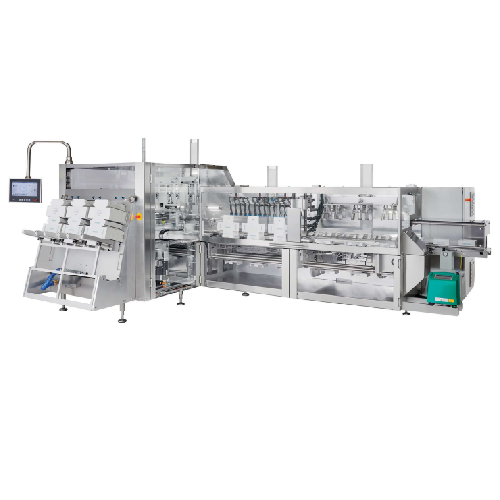
High-speed cartoning system for primary wrapped products
Optimize your packaging line with this high-speed cartoning syst...
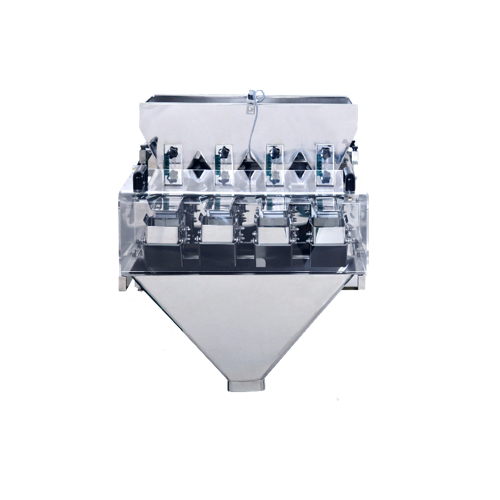
Linear weigher for dry free flowing powder
Optimize your packaging line with precise weighing for free-flowing granular pr...
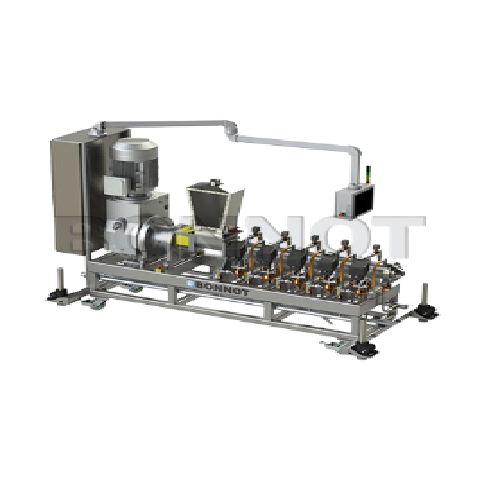
Cooking extruders for continuous food processing
Optimize your extrusion processes with cooking extruders designed for con...
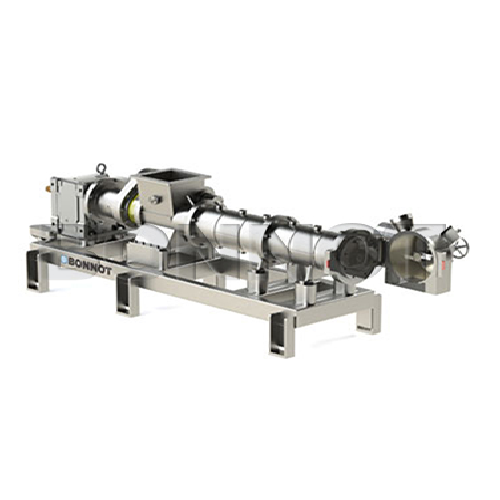
Cold forming extruder for food manufacturing
Achieve precise shape and density control in cereal and snack production by i...
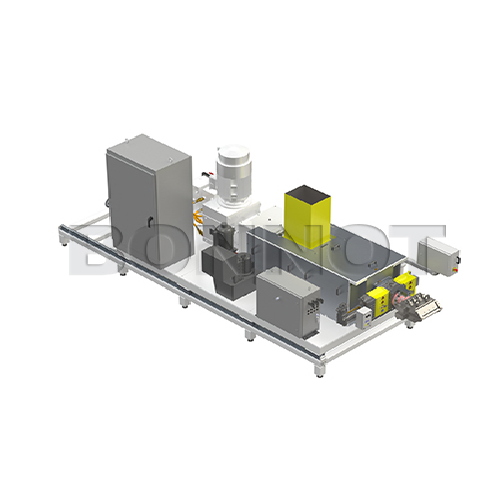
Custom extruder for specialized industrial applications
Experience unparalleled customization in extrusion technology, en...

Airflow grain puffing machine
Unlock the potential of versatile snack production with precision-engineered airflow puffing t...
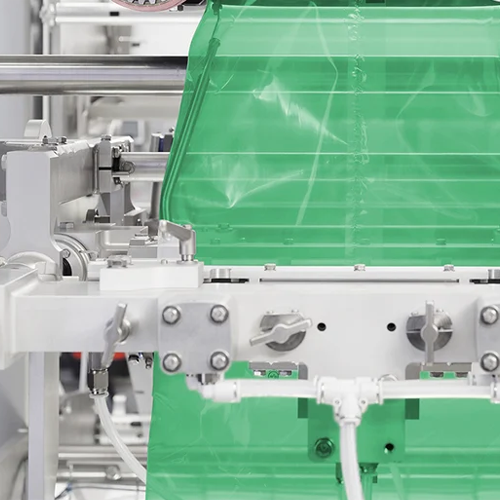
Vffs packaging solution for diverse bag styles and high hygiene standards
Enhance your packaging operations with high-...
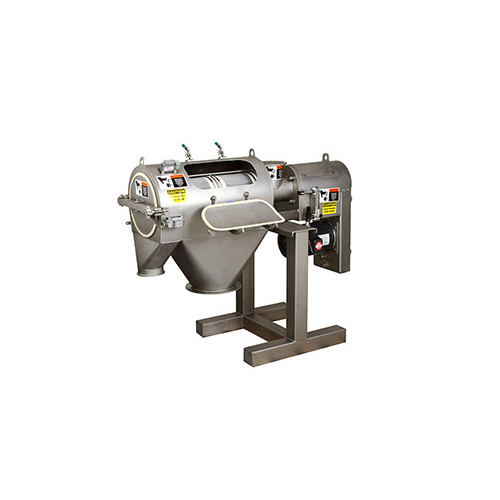
Centrifugal sifter for efficient particle separation
Enhance your material throughput by efficiently separating particles...

Low profile flow-thru separator for wet or dry scalping
Efficiently handle high-capacity separation with a compact design...
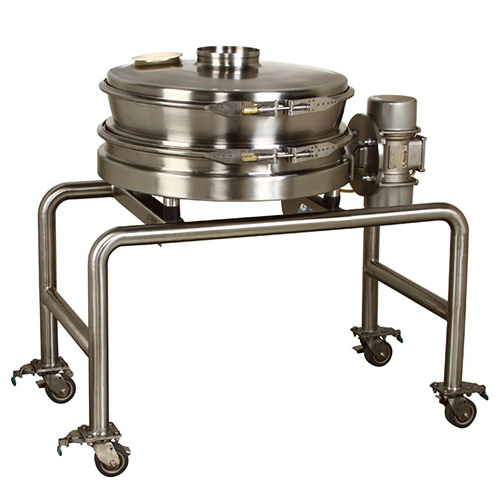
Sanitary separator for food processing applications
Ensure efficient separation and prevent contamination in food product...
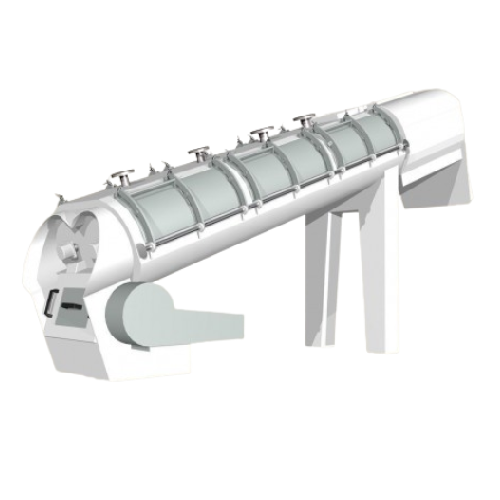
Thermal conditioning for improved meal flow and starch digestibility
Ensure optimal meal flow and starch digestibility ...

Small batch mixing rotosphere blender for food industry
Achieve precise mixing of small batch powders and granules with a...
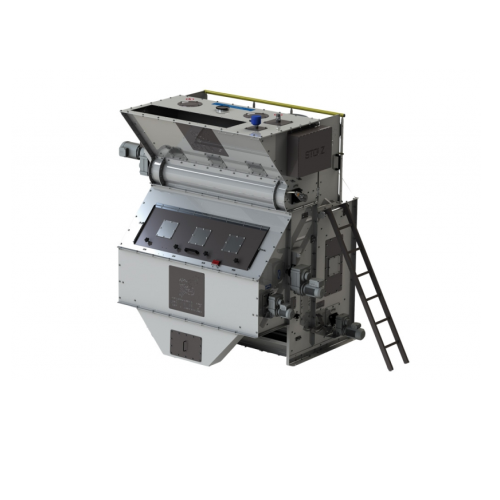
High-capacity pre-cleaner drum for grain silo storage
Optimize your pre-cleaning process with a high-capacity drum that e...
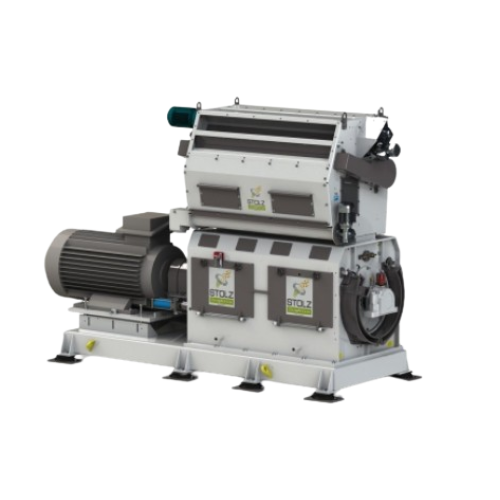
Industrial hammermill for fine grinding applications
Elevate your milling efficiency with hammermills designed for precis...

High-capacity sleeve filters for silo dedusting
Optimize your production with filtration systems that ensure efficient dus...

Pellet mill for powdery animal feed products
Maximize plant efficiency and product quality with a versatile pelleting solu...

Agricultural cleaner-separator for grain processing
Optimize your grain processing with a versatile cleaner-separator eng...

Mobile circulating dryer for agricultural products
Optimize your drying processes with a mobile circulating dryer, design...

Grain dryer with air circulation system
Enhance efficiency and product quality with our versatile grain dryer, designed to ...

Stationary grain dryer with biturbo system
Optimize your drying processes with a system that efficiently manages air flow ...

Low-emission belt drying systems for timber industry
Optimize moisture control and energy efficiency in drying processes ...

Industrial air heater for agriculture and industry
Optimize energy efficiency and maintain high air quality in your produ...

Belt dryer for timber industry
Optimize moisture removal and ensure consistent drying in your production line with advanced ...

Layer dryer for food and pet food applications
Optimize drying efficiency with multi-layer technology that minimizes space...

Belt dryer for food and pet food products
Optimize drying processes with customizable belt dryers, engineered to handle ro...

Belt dryer for sawdust
Optimize your drying process with advanced technology engineered for precise moisture reduction in div...

Hybrid dryer for agriculture and industrial applications
Achieve efficient moisture reduction in varied materials, from f...

Mobile belt dryer for sawdust and biomass
Efficiently reduce moisture in a variety of materials, from sawdust to cereal sn...

High-force texture analyser for precise measurement
Achieve unparalleled precision in texture analysis for high-force app...

Portable texture analysis for low force applications
Easily perform precision texture measurements on low-force applicati...

Powder flow measurement system
Achieve precise control over powder consistency and prevent process disruptions by assessing ...

Texture analyzer for high force applications
Achieve precise texture measurement across a vast array of products with a so...

Texture analyser for food and cosmetics testing
Ensuring consistent product quality across diverse food and cosmetic appli...

Advanced cooling tunnel for confectionery production
Optimize your confectionery production with a cooling system that en...

In-line metal detector for pneumatic systems
Ensure product purity and operational efficiency with a solution that effecti...

Conveyor belt metal detection system
Ensure seamless product safety with a system that detects and separates metallic conta...

Metal detector systems for conveyor belts and chutes
Ensure the integrity of your production line by efficiently detectin...

Single shaft horizontal batch mixer
Achieve consistent, high-quality blends with precise homogenization using a single shaf...

Twin shaft horizontal batch mixers for homogenous material mixing
Achieve consistent and rapid mixing of diverse materi...

Modular packaging systems for diverse industries
Effortlessly adapt to market demands with versatile packaging systems, de...

Batch mixers for raw material preparation in extrusion processes
Optimize your extrusion process with precise raw materi...

Cooling drum for breakfast cereals production
Ensure even cooling and product separation with optimized airflow for higher...

Infrared dryer for breakfast cereals
Optimize your snack production with precise moisture control, energy-efficient infrare...

High-accuracy moisture analyzer for lab weighing
Achieve precise and reproducible moisture content determination for diver...

Fast and accurate moisture meter for various samples
Quickly determine moisture content in solids, liquids, and pastes wi...

Compact case packer for secondary packaging
Optimize your secondary packaging process with a case packer that operates cle...

Side Load Case Packer For Packaged Food
Accuracy is a primary concern for case-packing pre-packaged foods such as milk or p...

Intelligent Continuous Food Cartoner
Fully automated robotic packing solutions enable larger-scale food producers to pack a...

Temperature-treatment mixer for bakery & gastronomy
The production of creams, sauces, ragouts, ready-to-bake, and sim...

High speed carton closing machine
Choosing a carton closing machine becomes a significant consideration when the closing of...

Continuous vertical cartoner
When producing cereals, it is paramount to stay on top of market trends. New packaging forms ca...

Batch cooker of cereal foods
Controlled steam cooking of whole or milled grain products is the best way to ensure best textu...

Extruder for large-scale production of breakfast cereals
Shaped and filled extruded breakfast and snack products are extr...

Cooling drum for soft and caramel mixtures
Cool your product to the temperature required for further processing. This is a...








